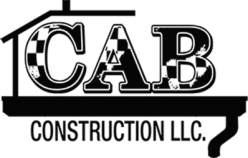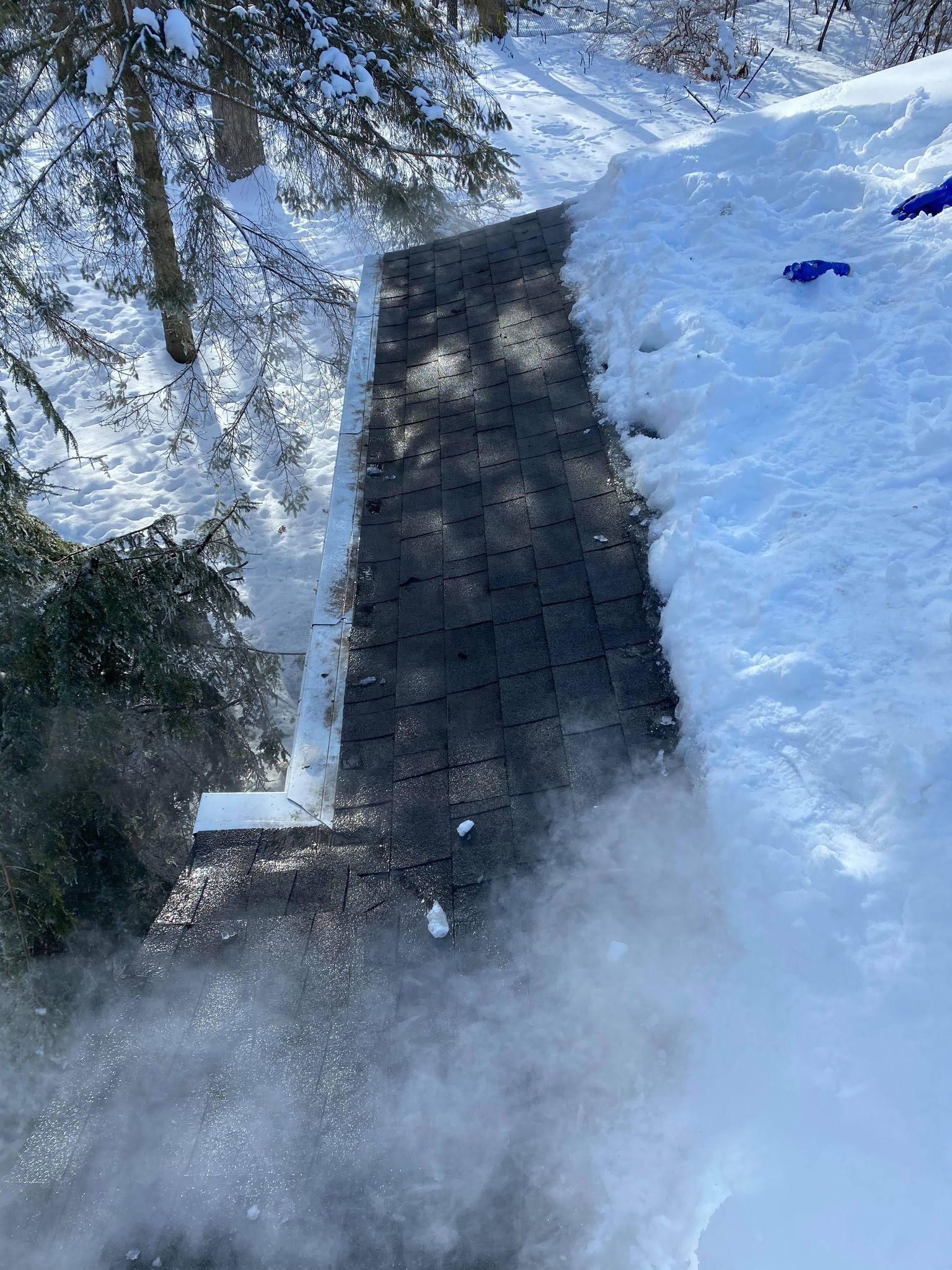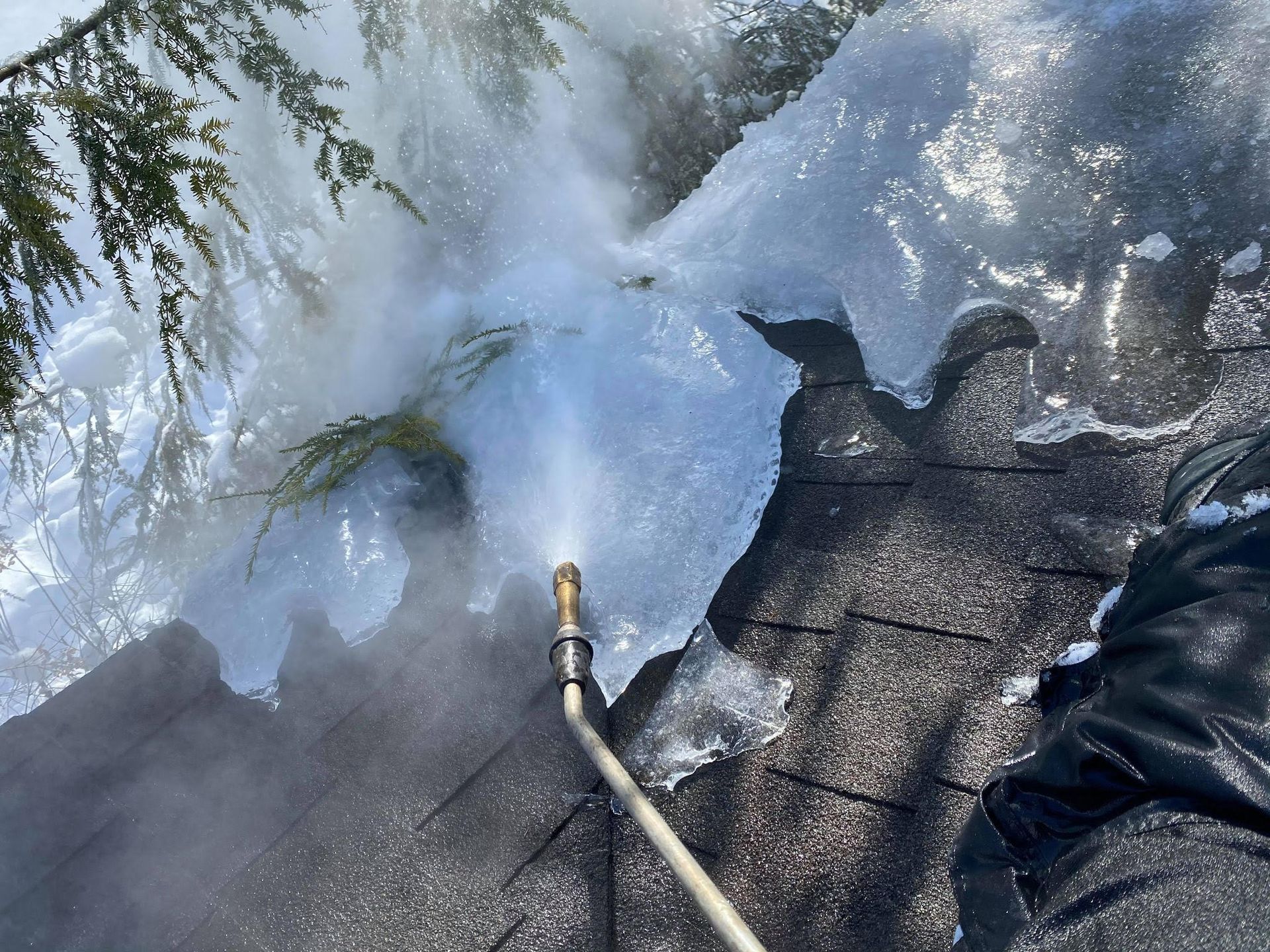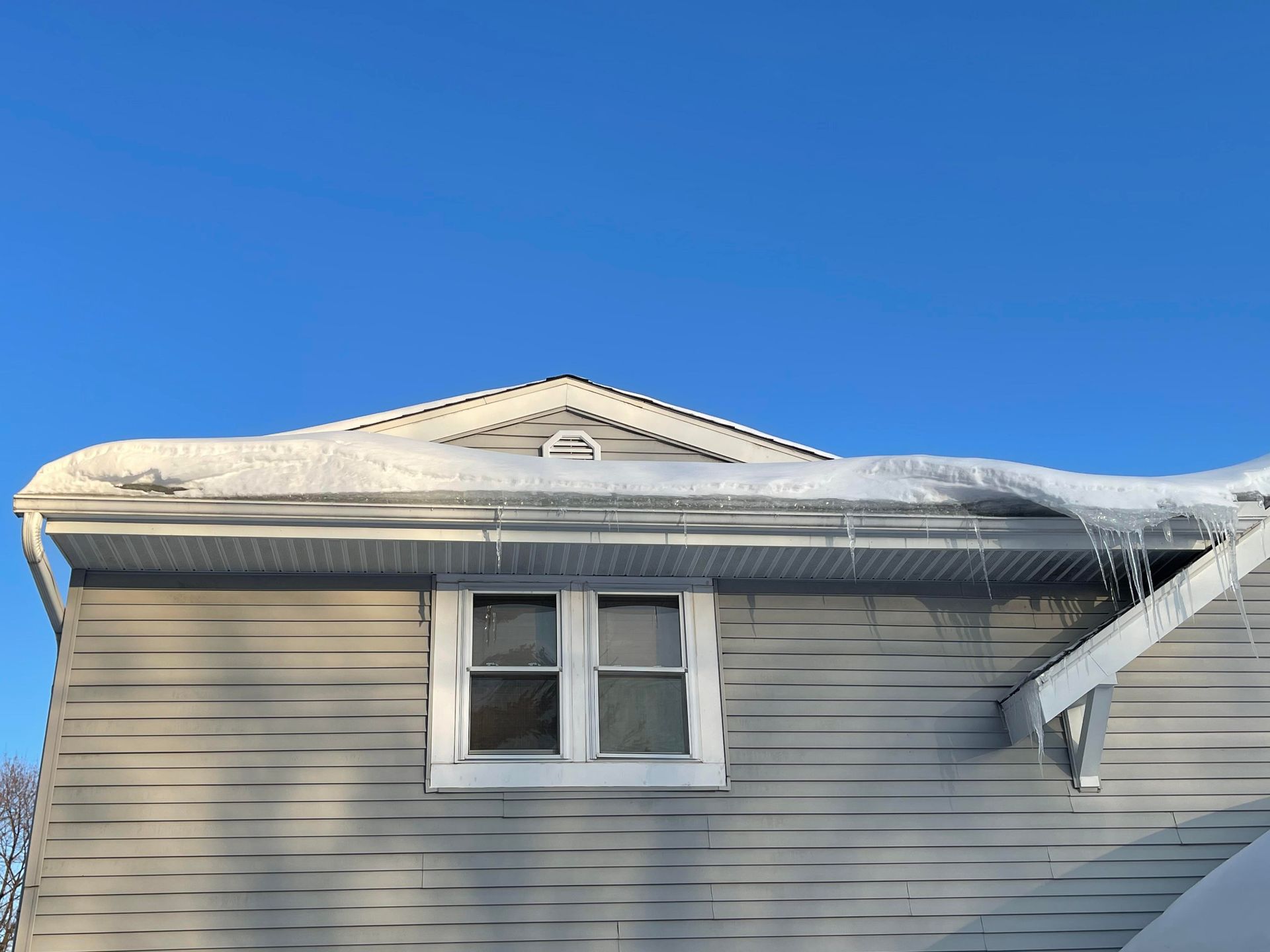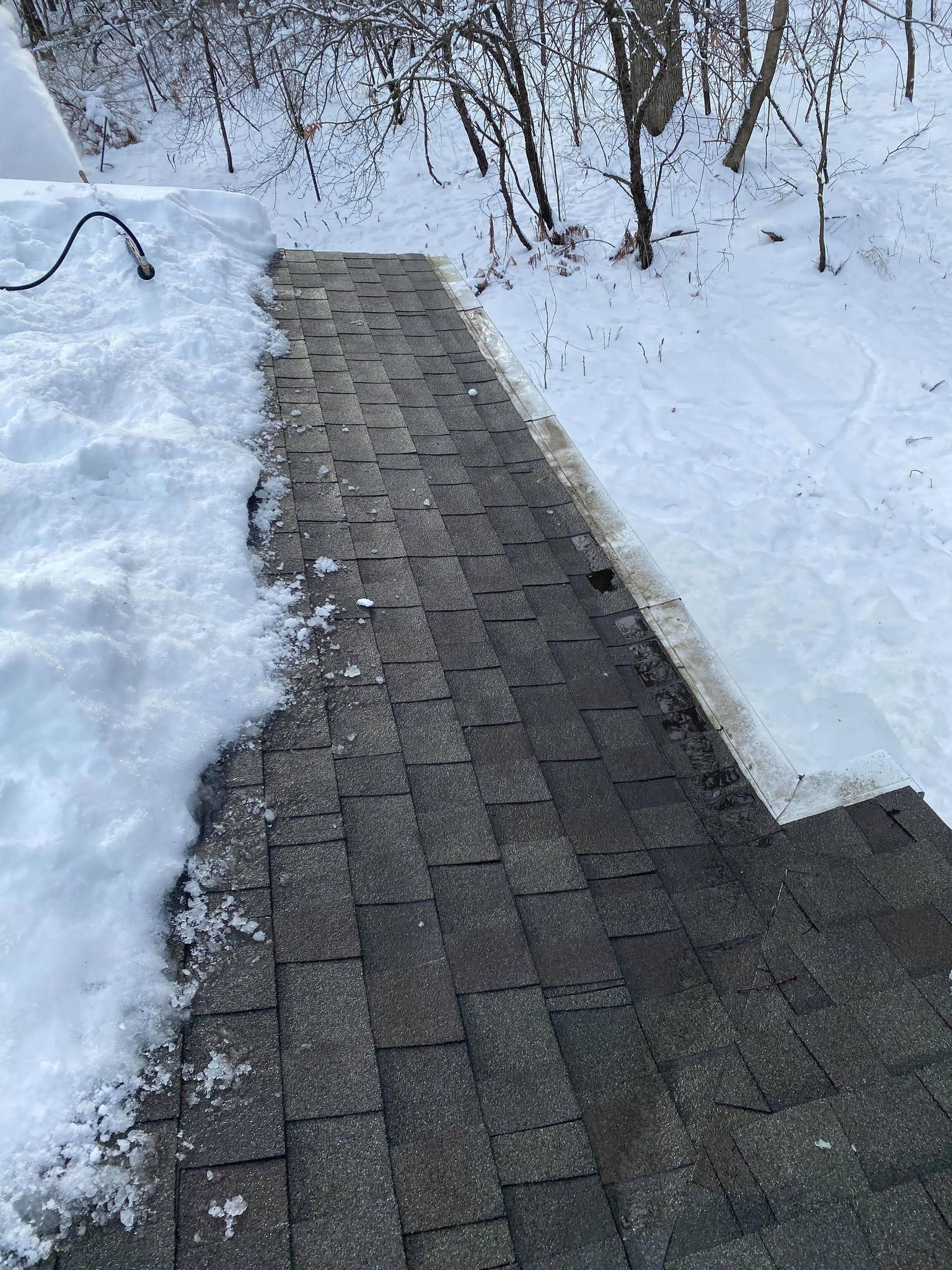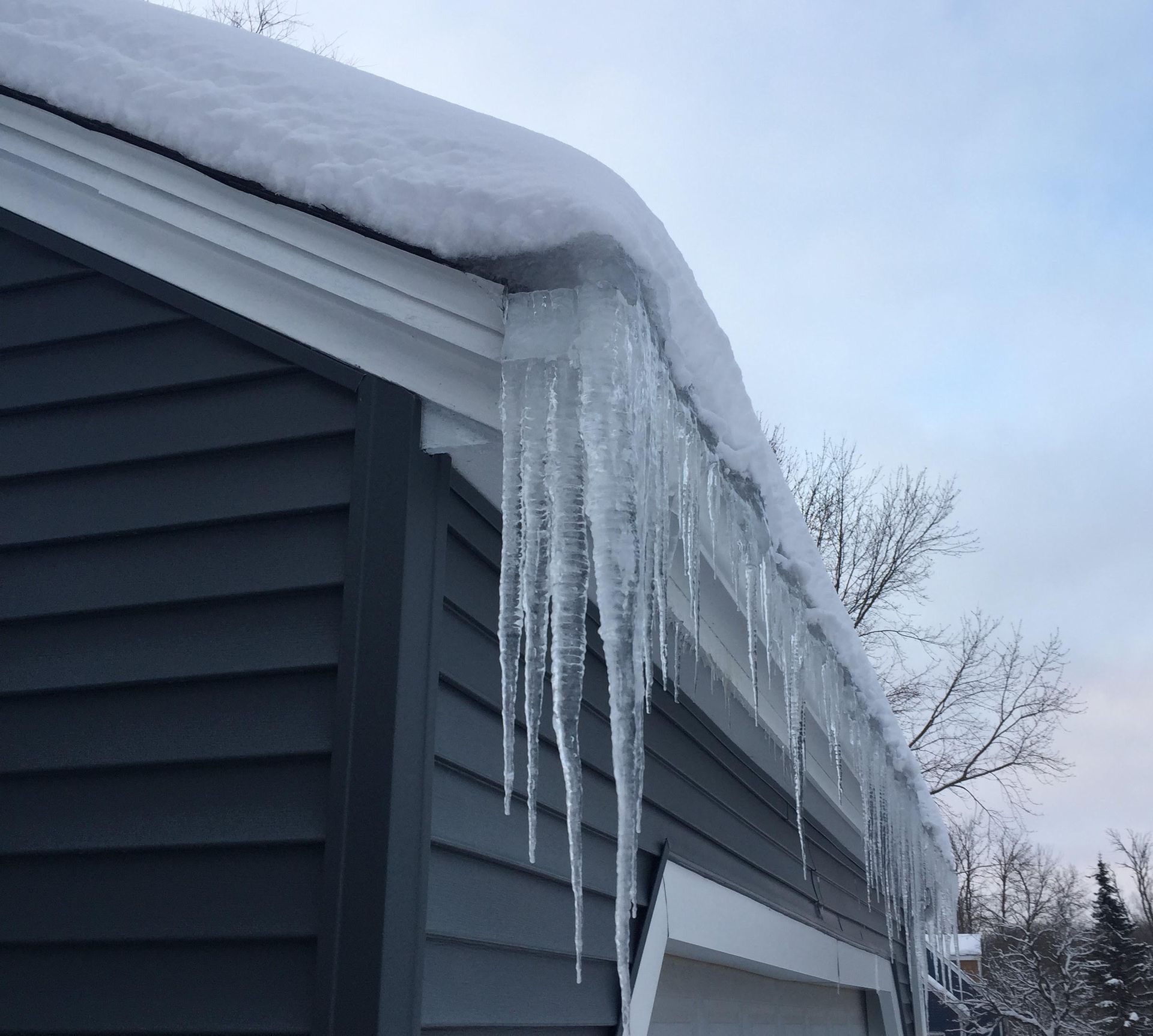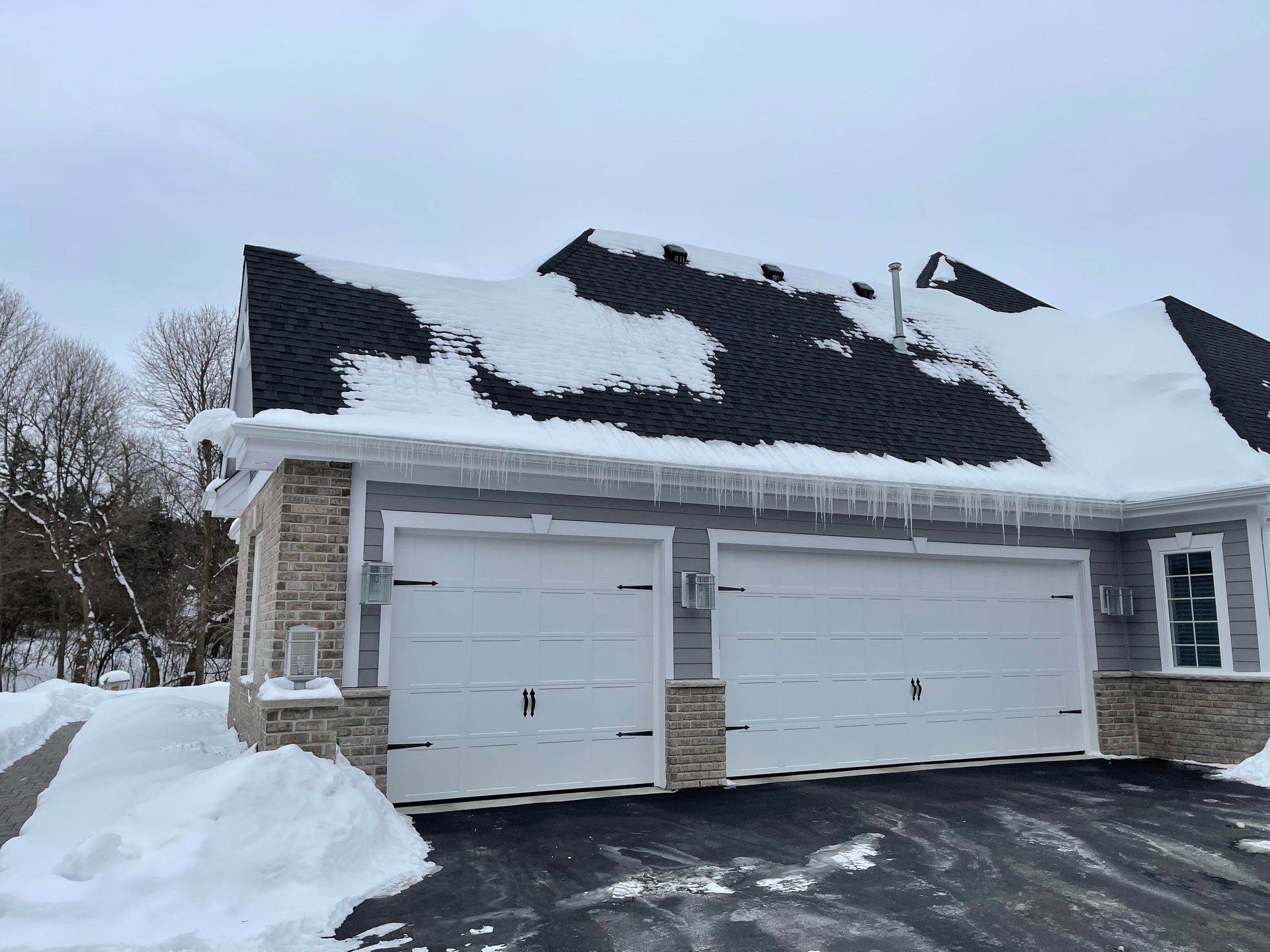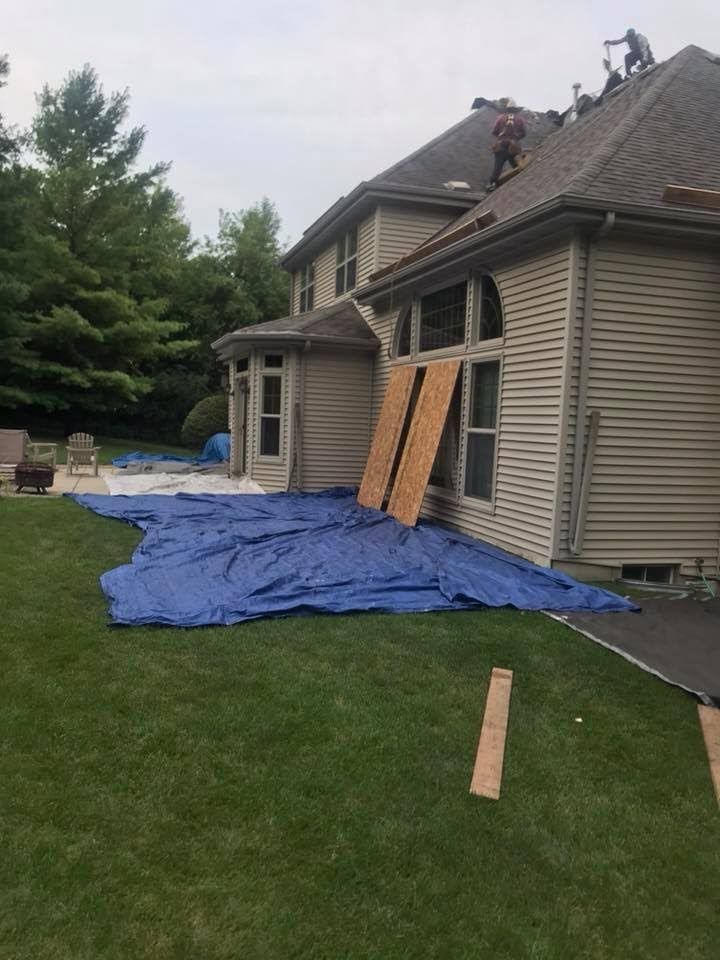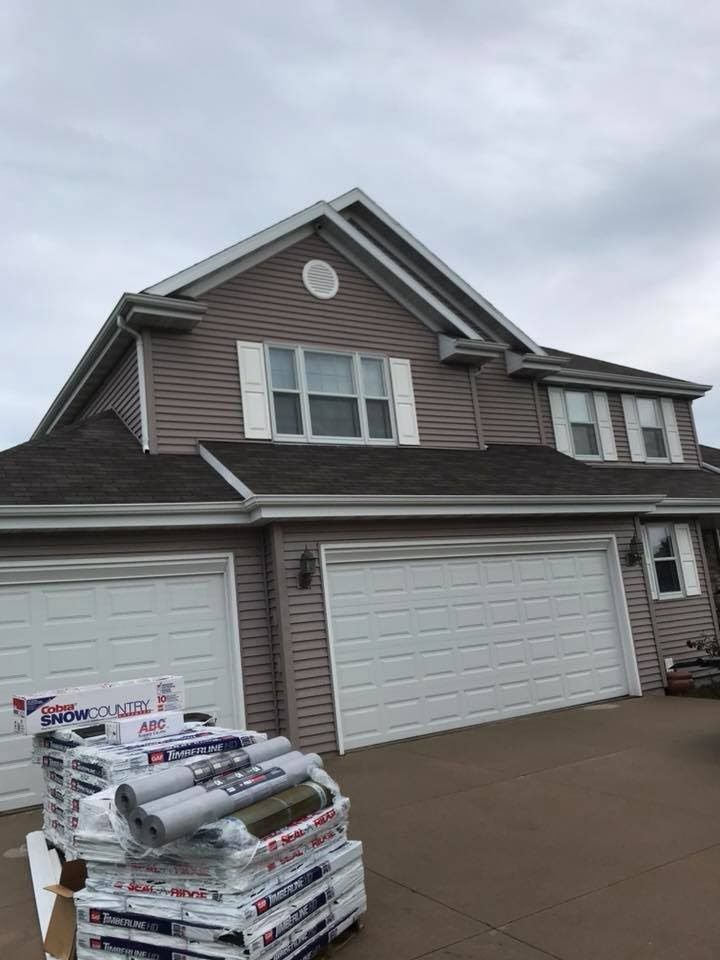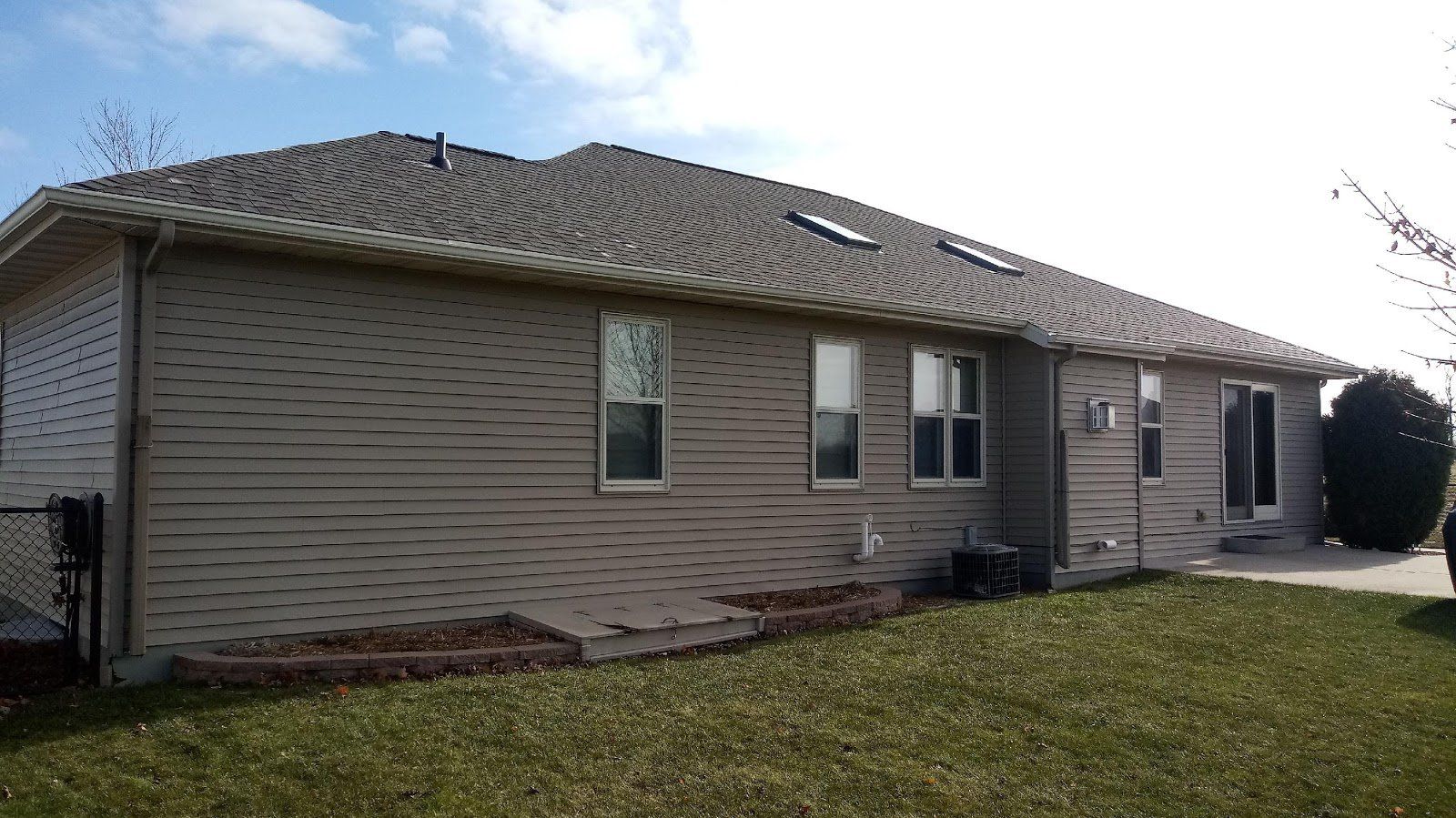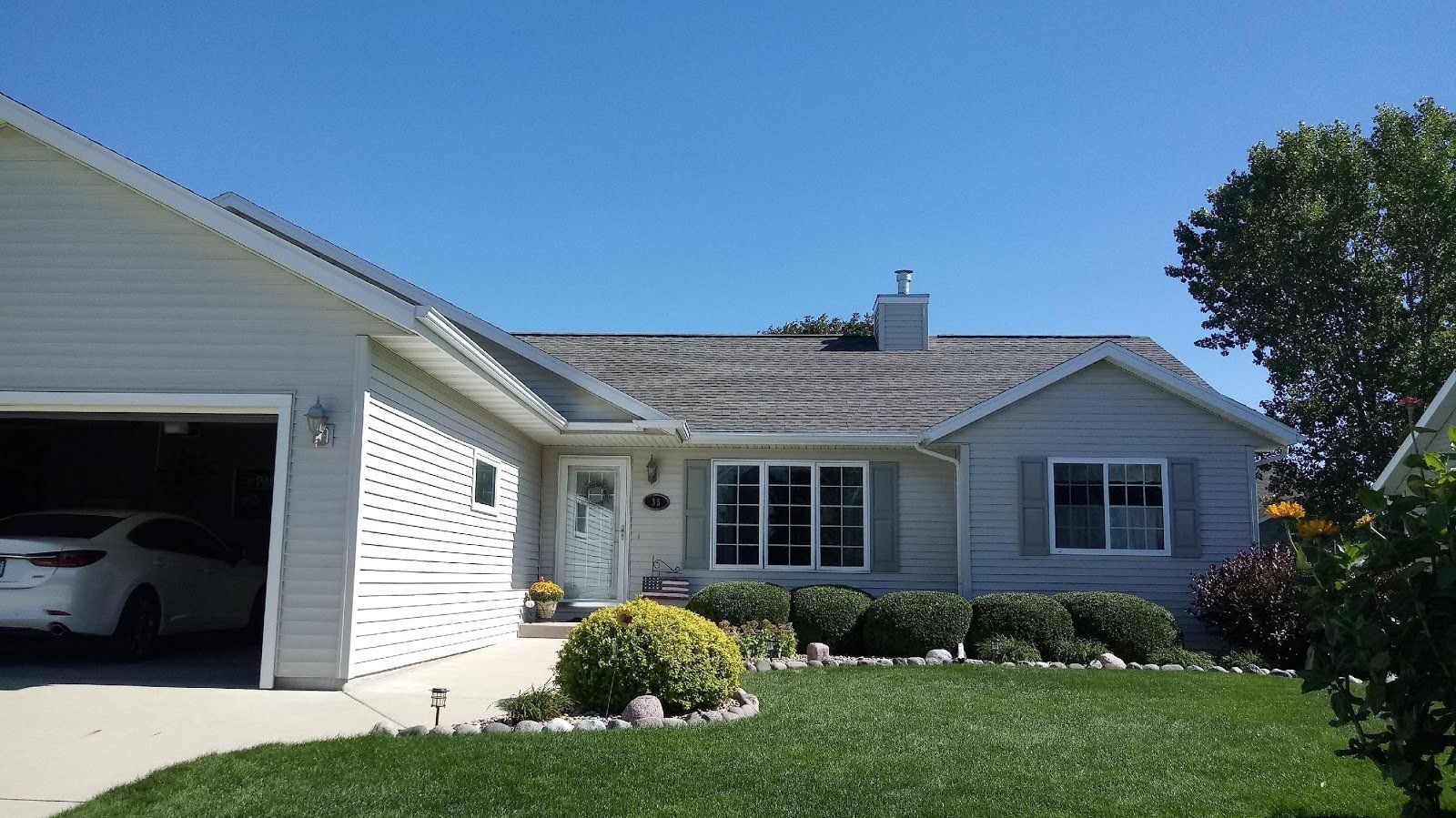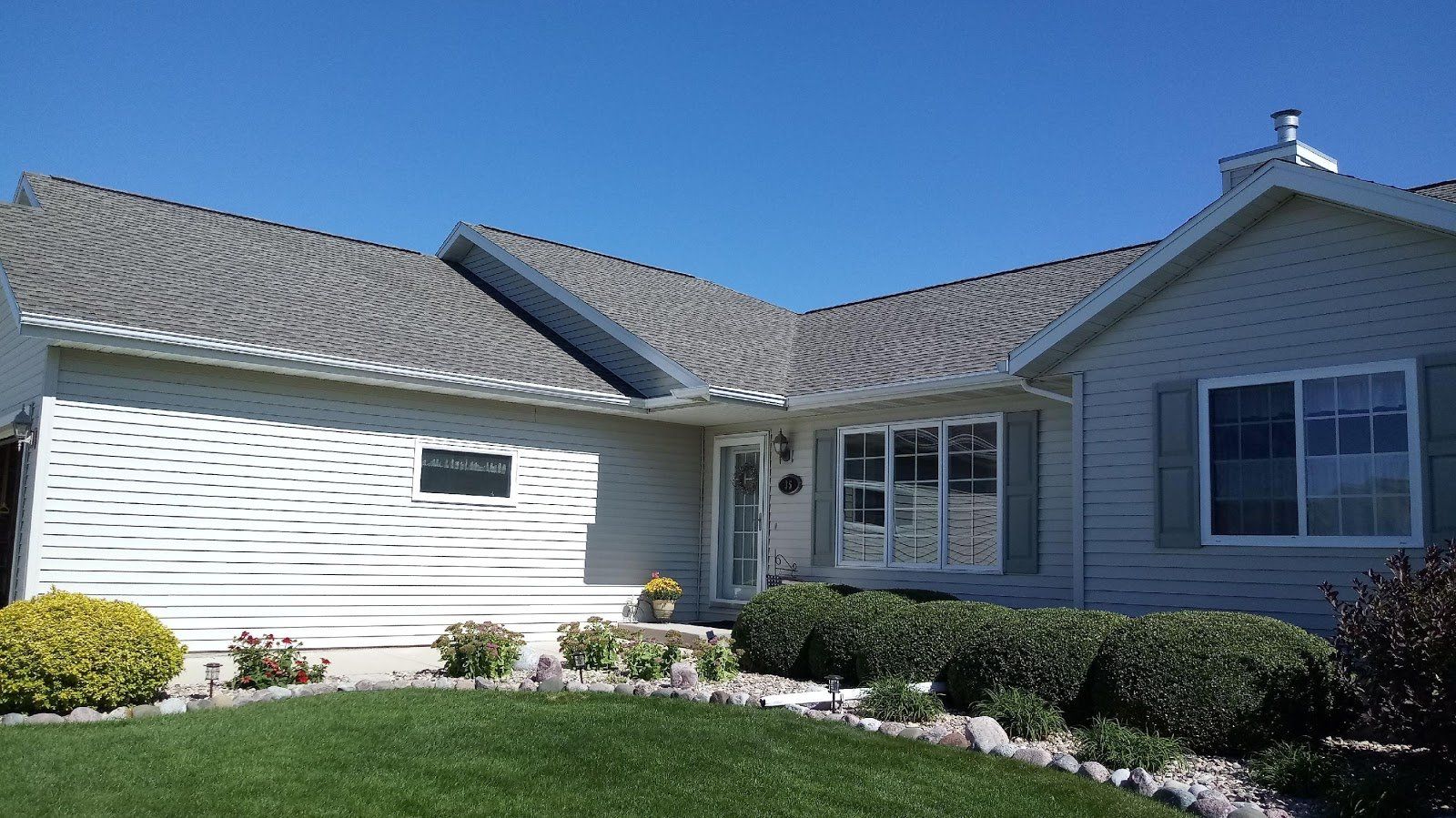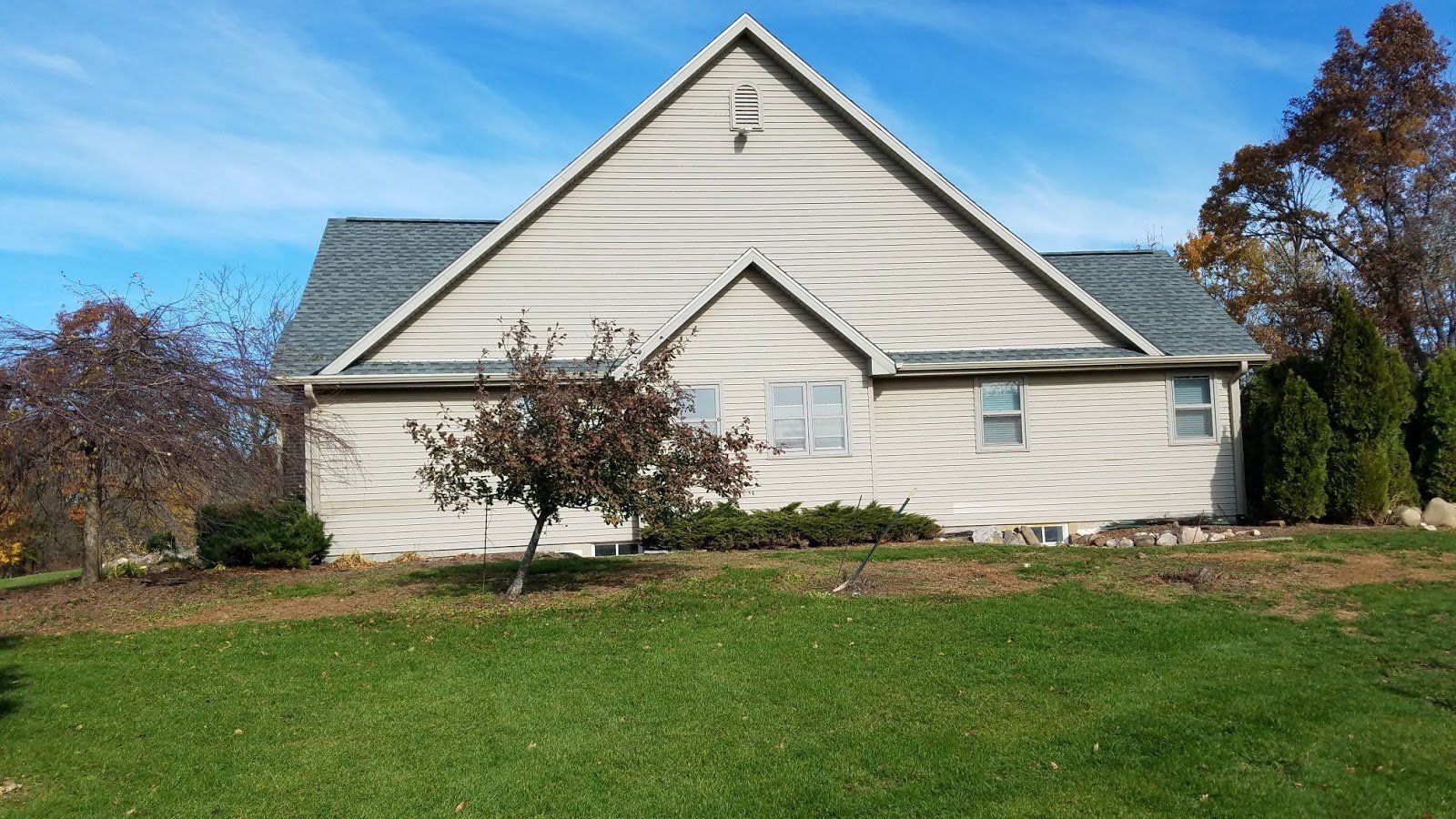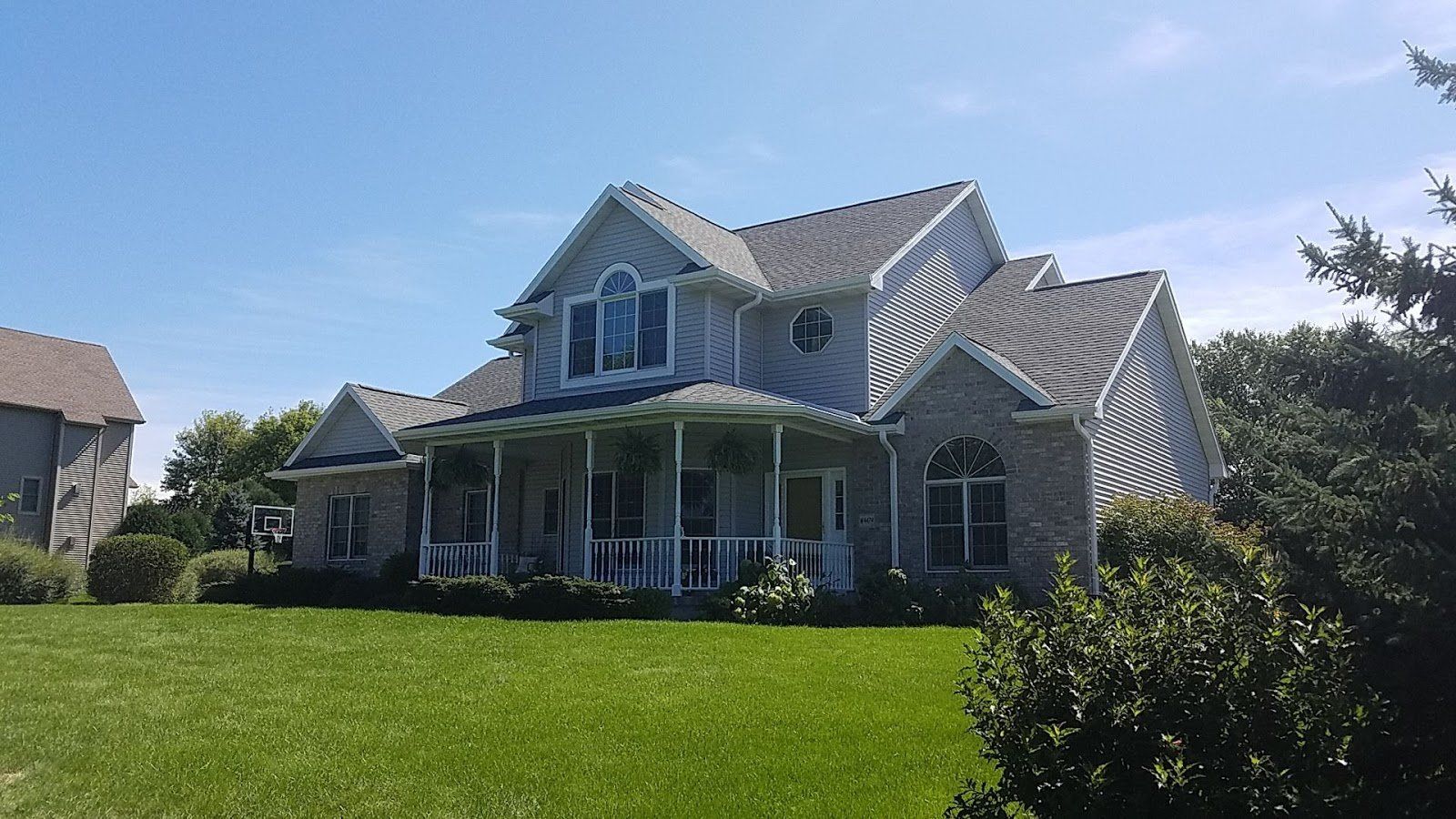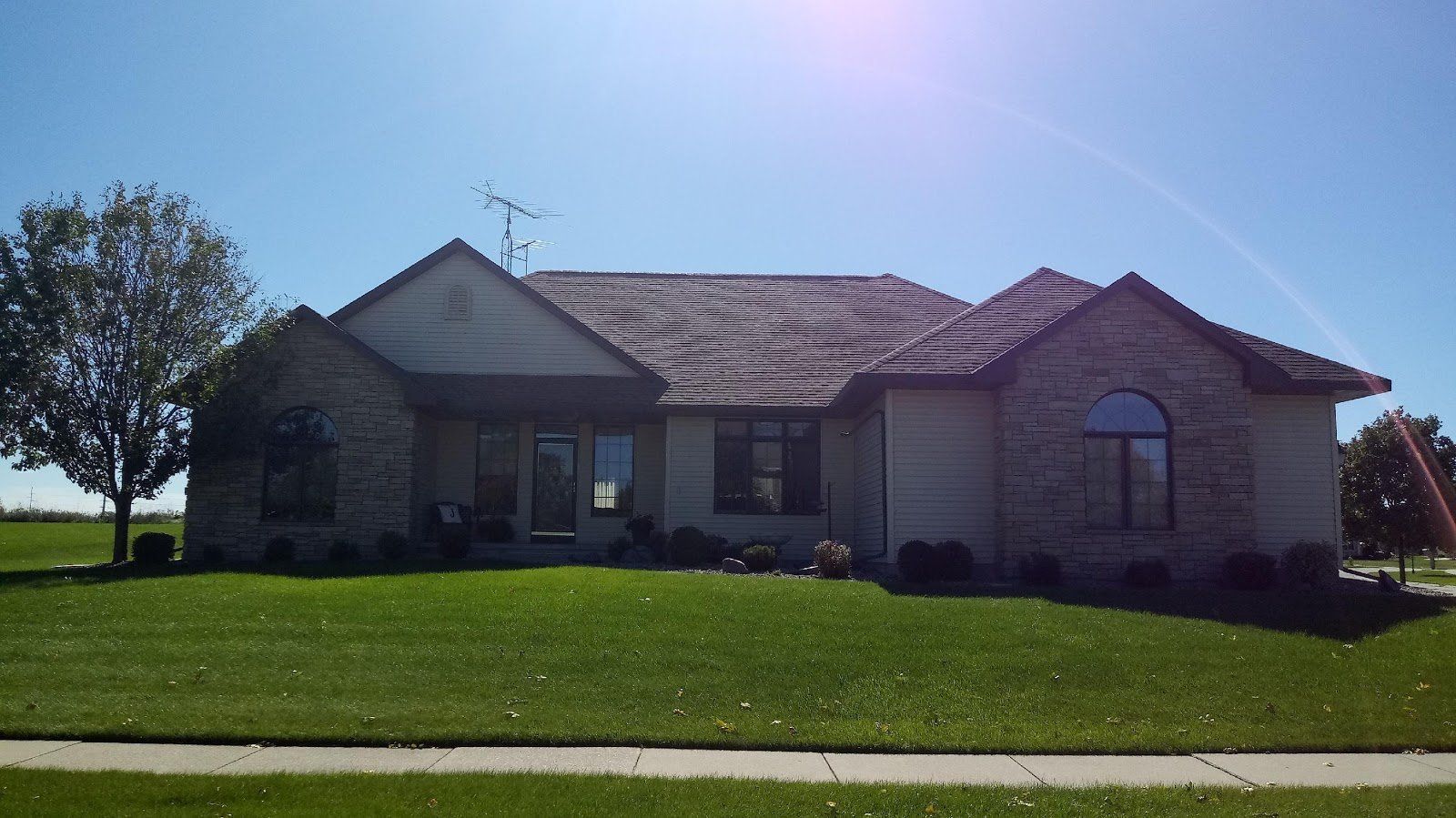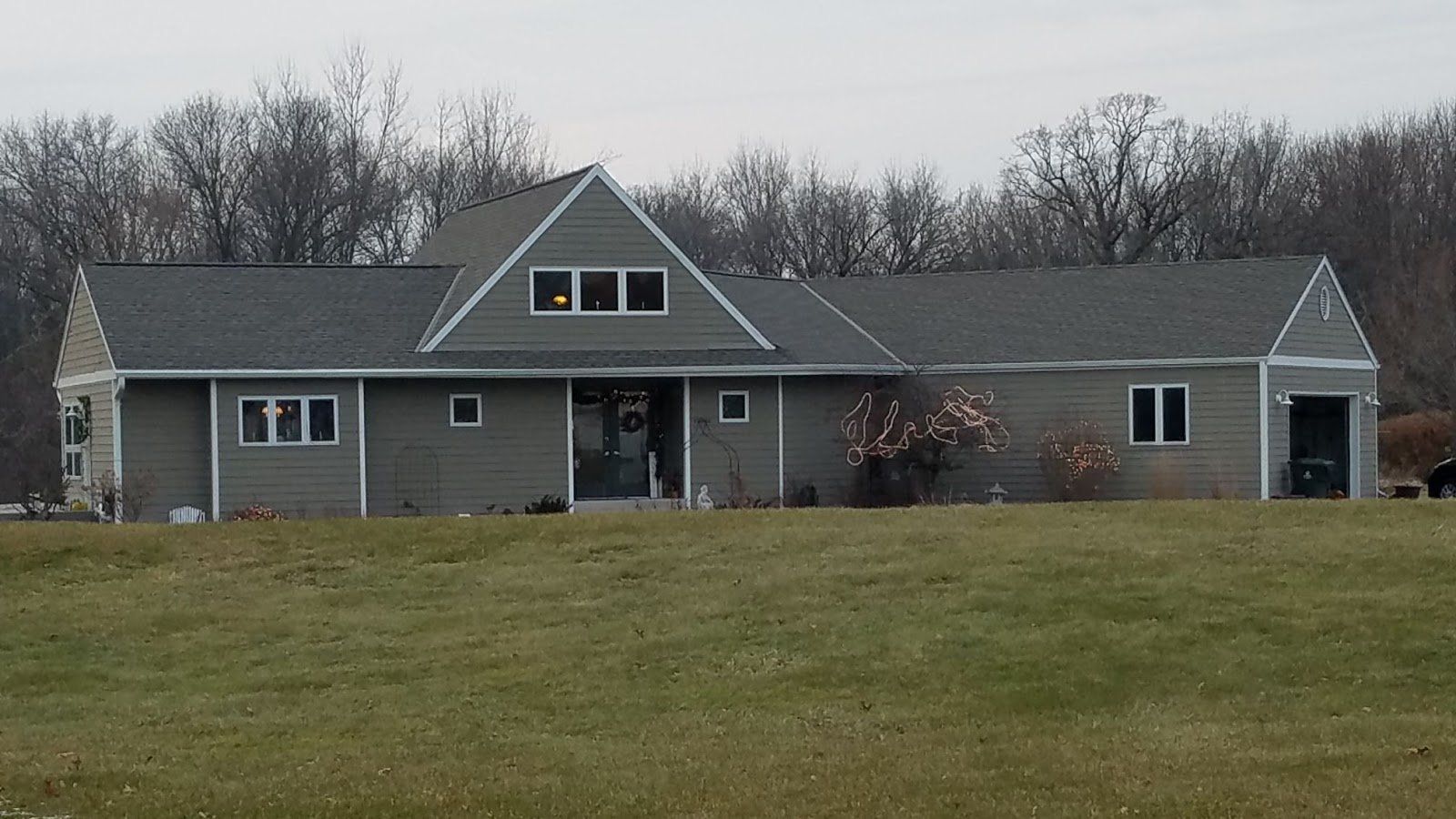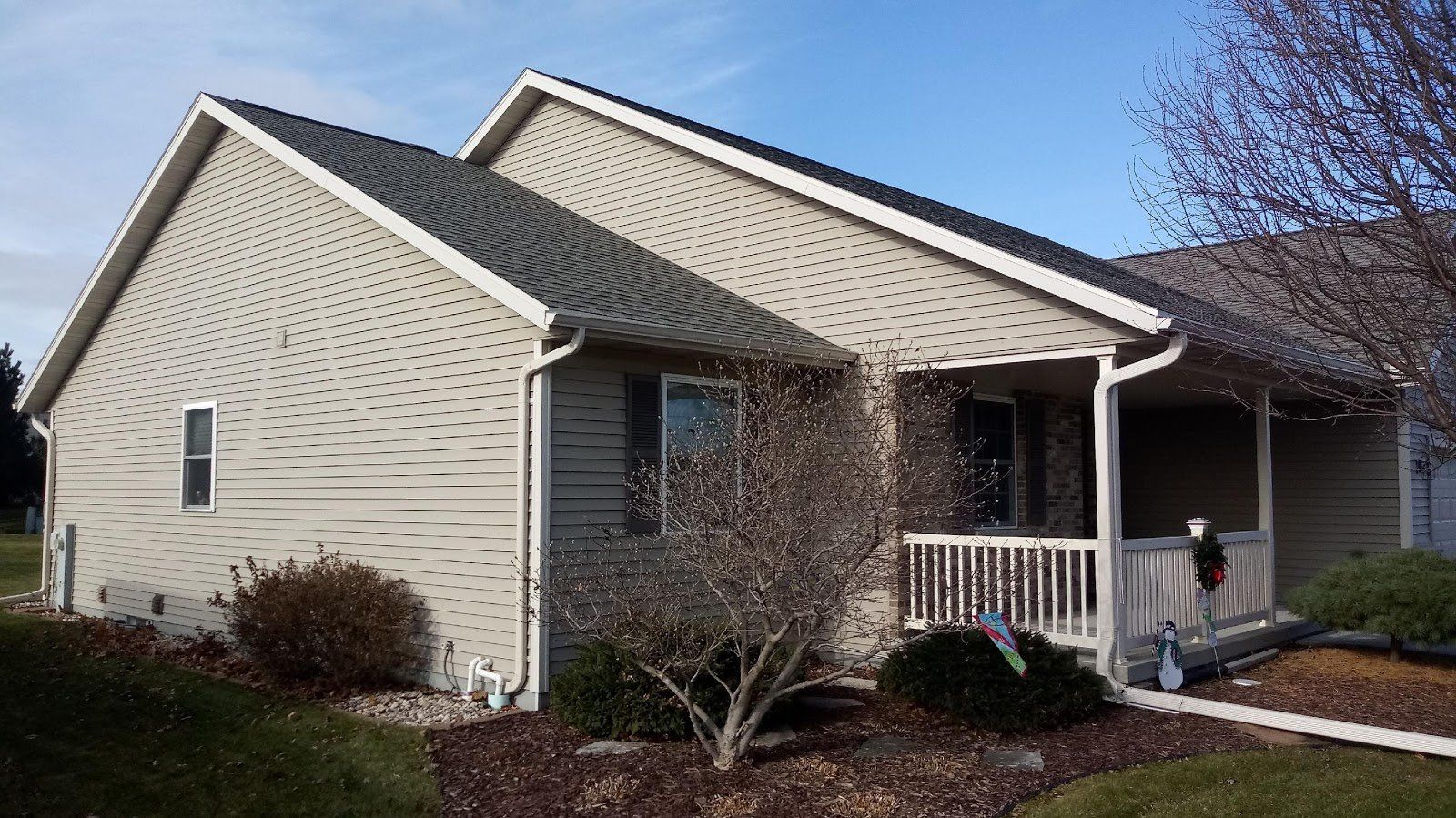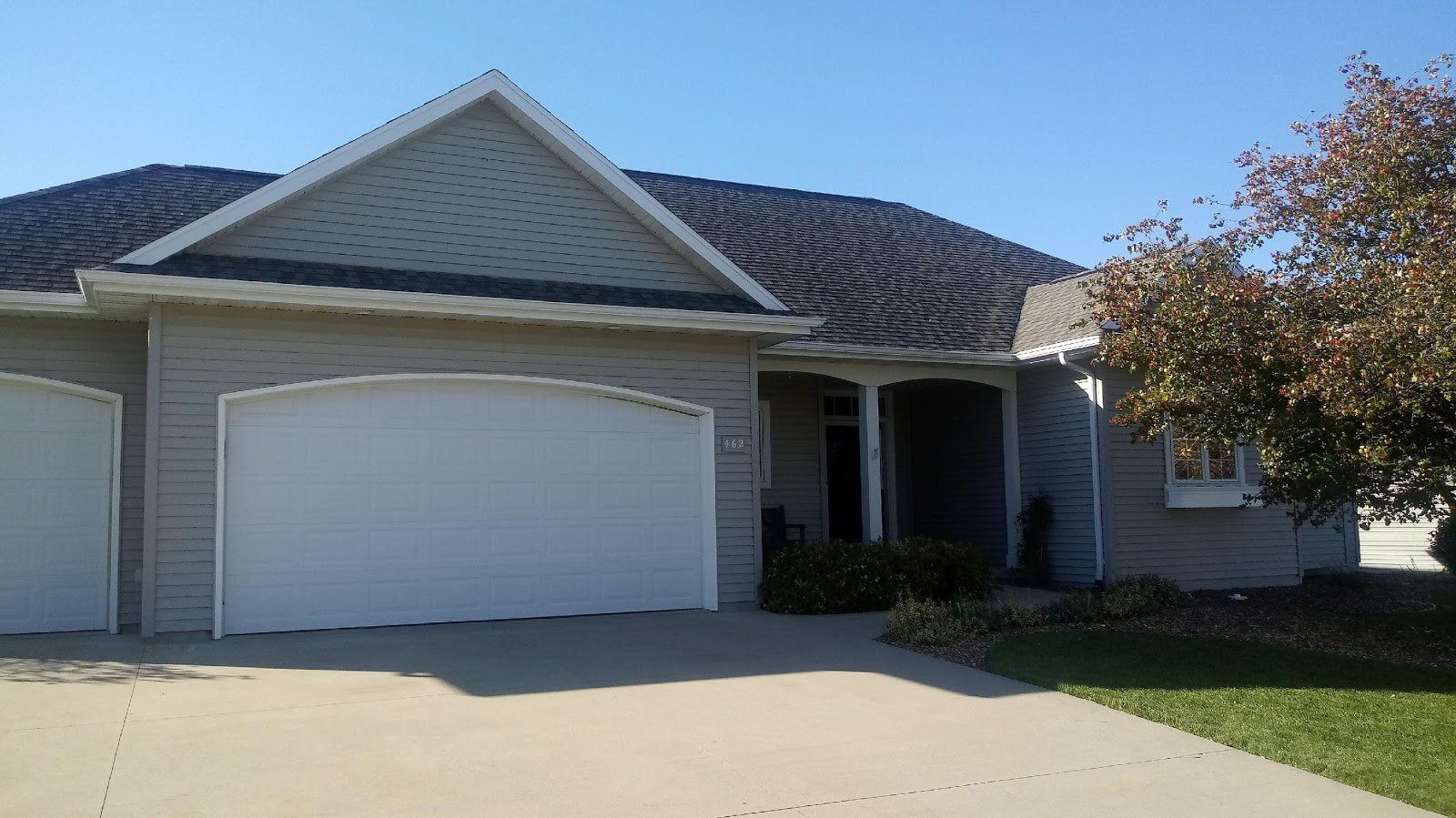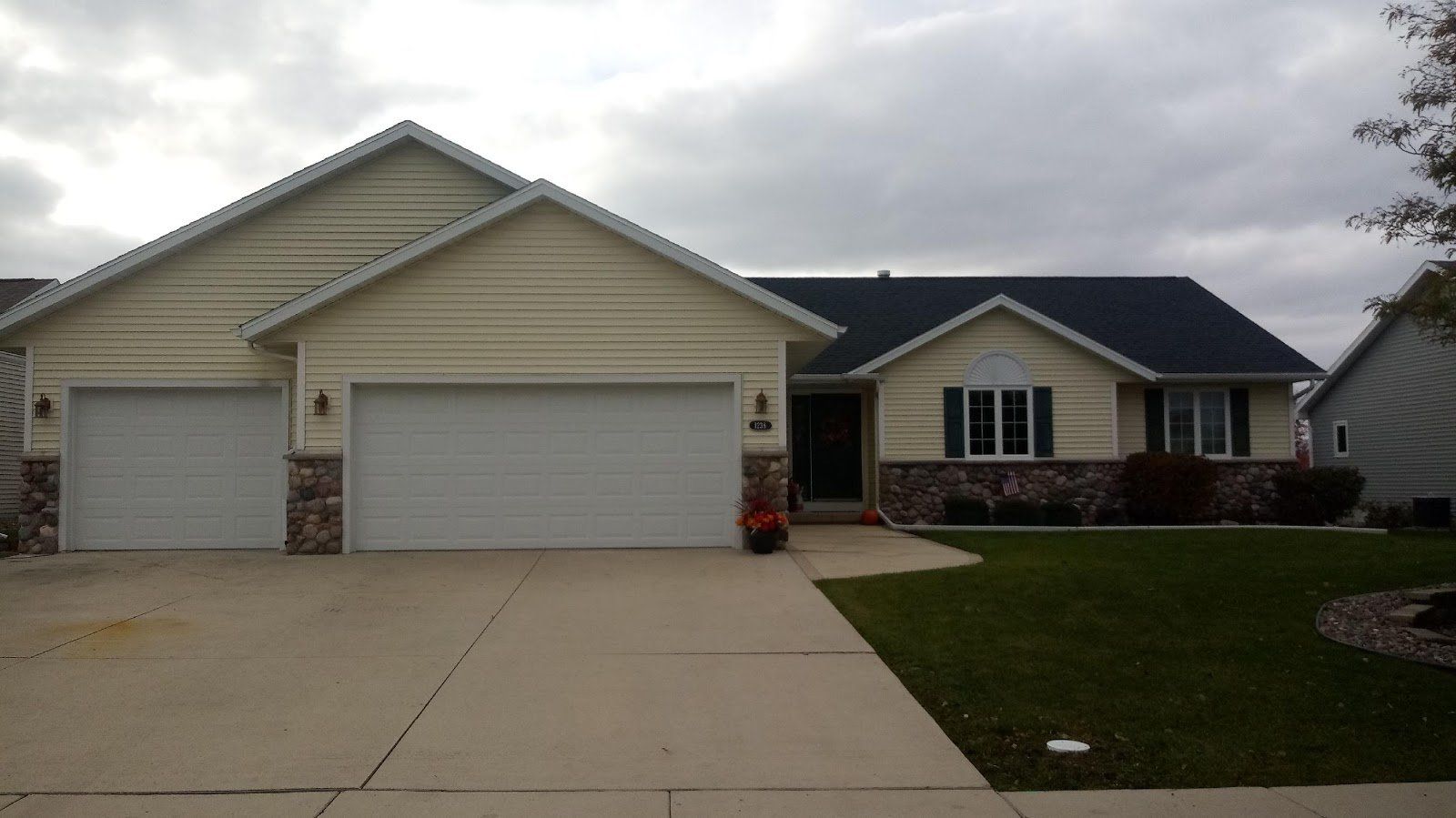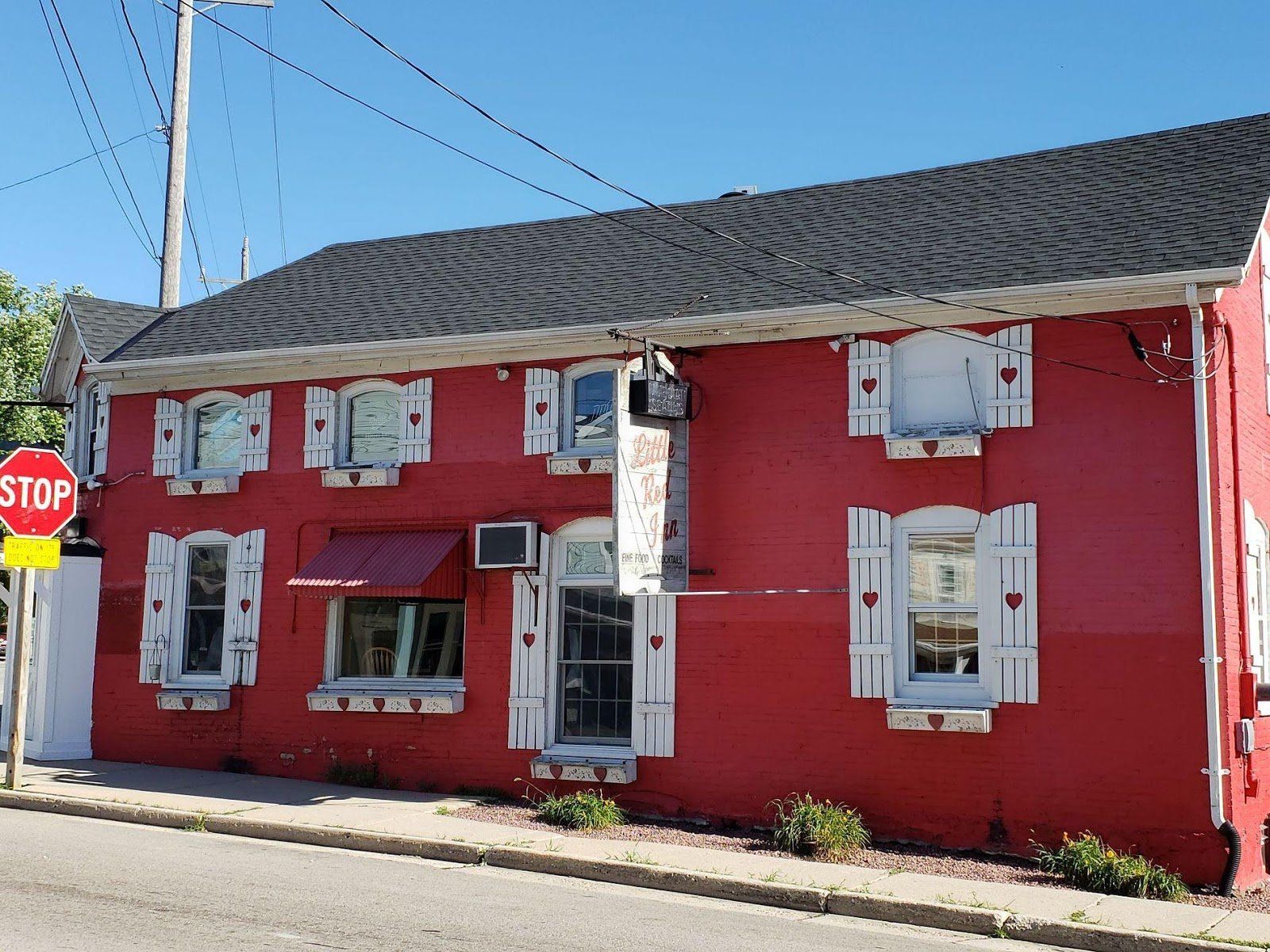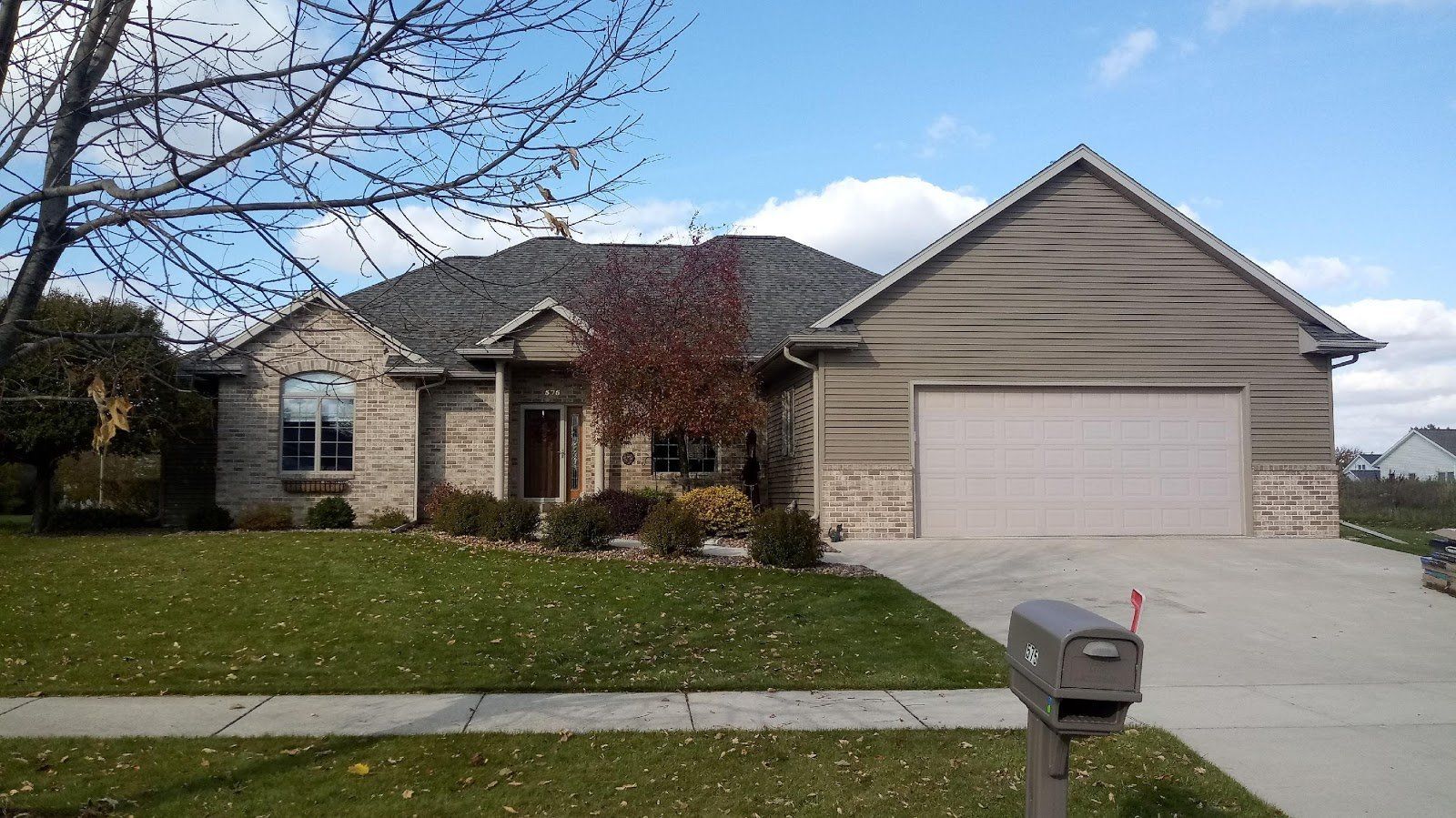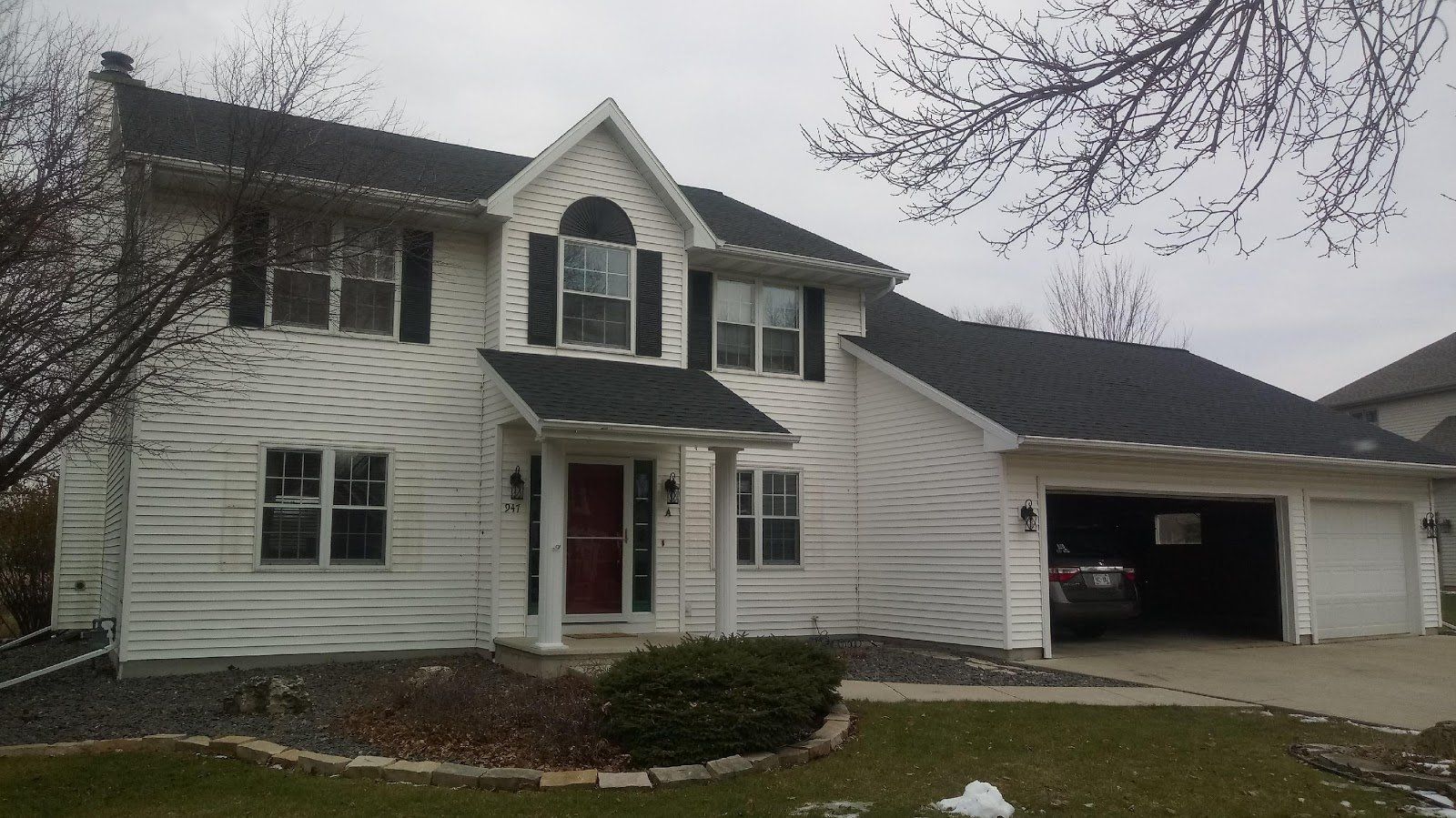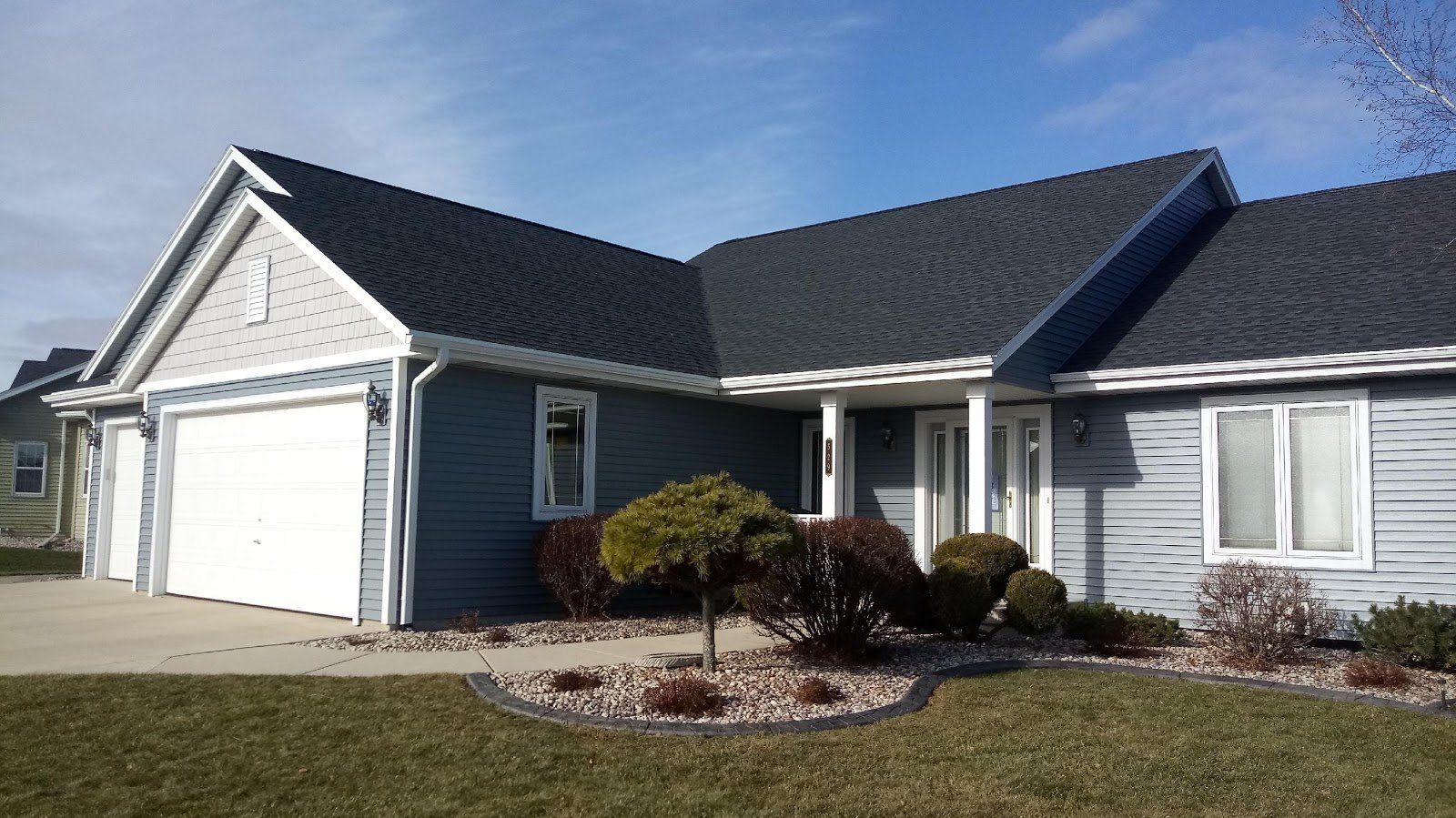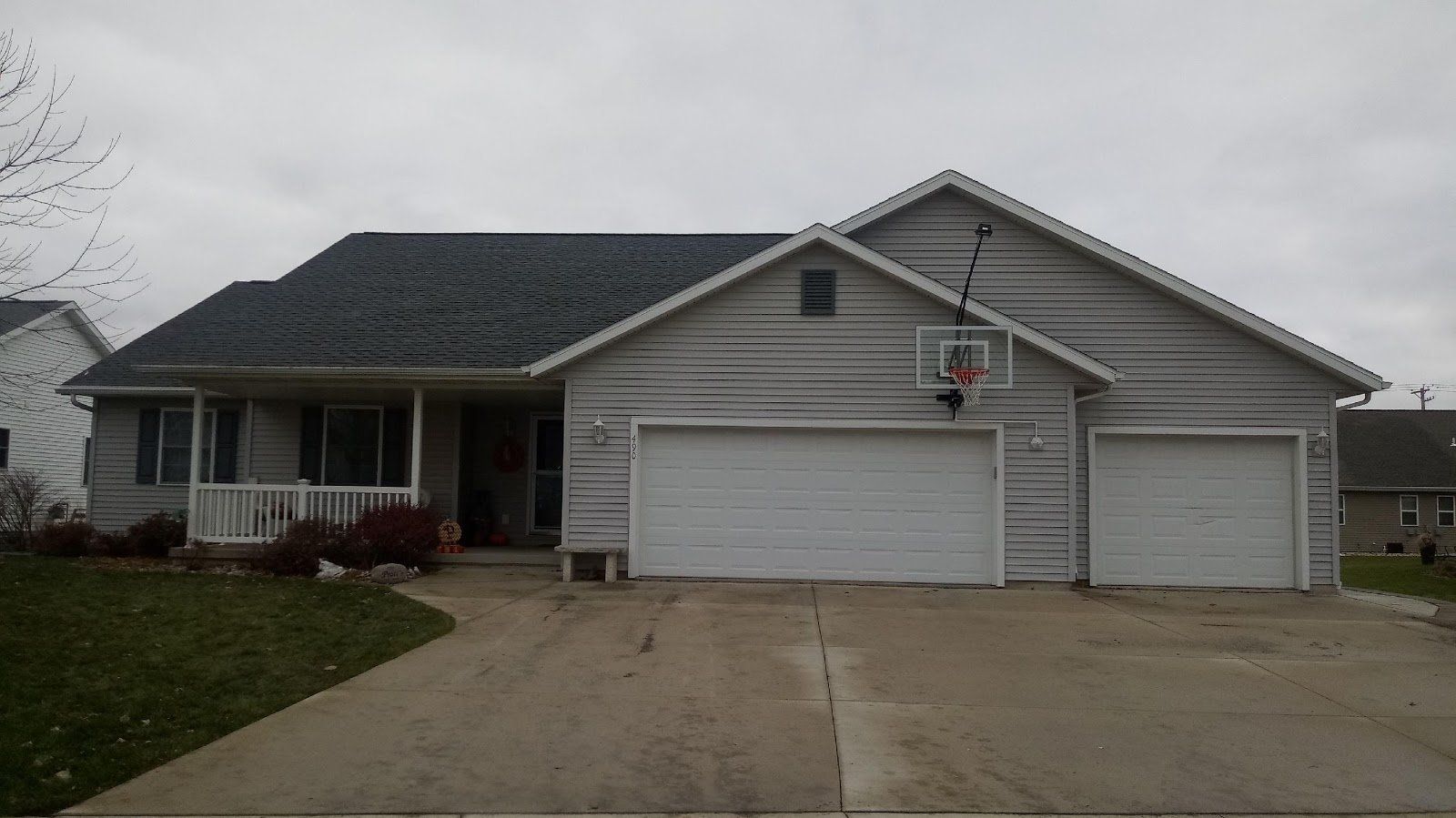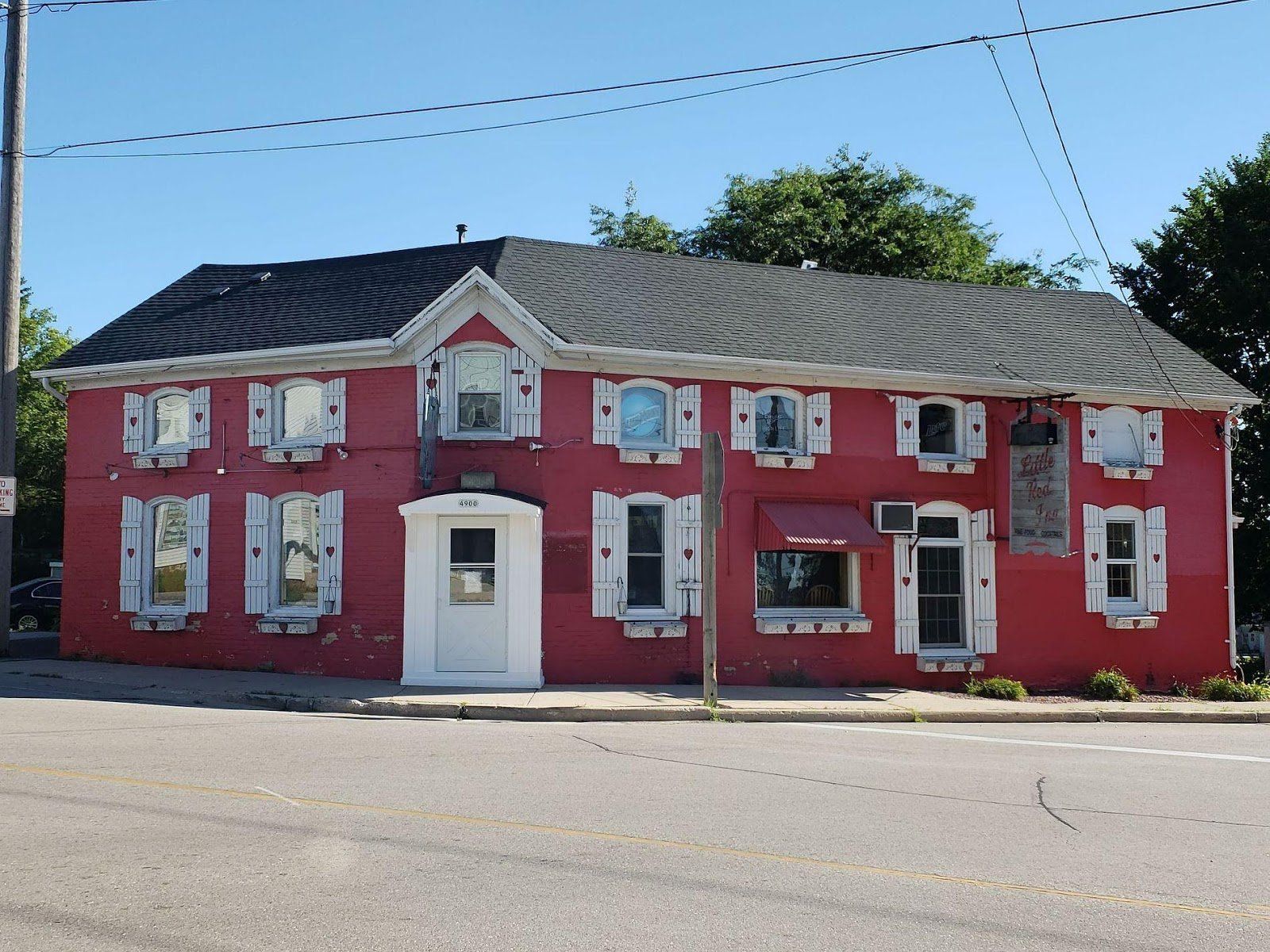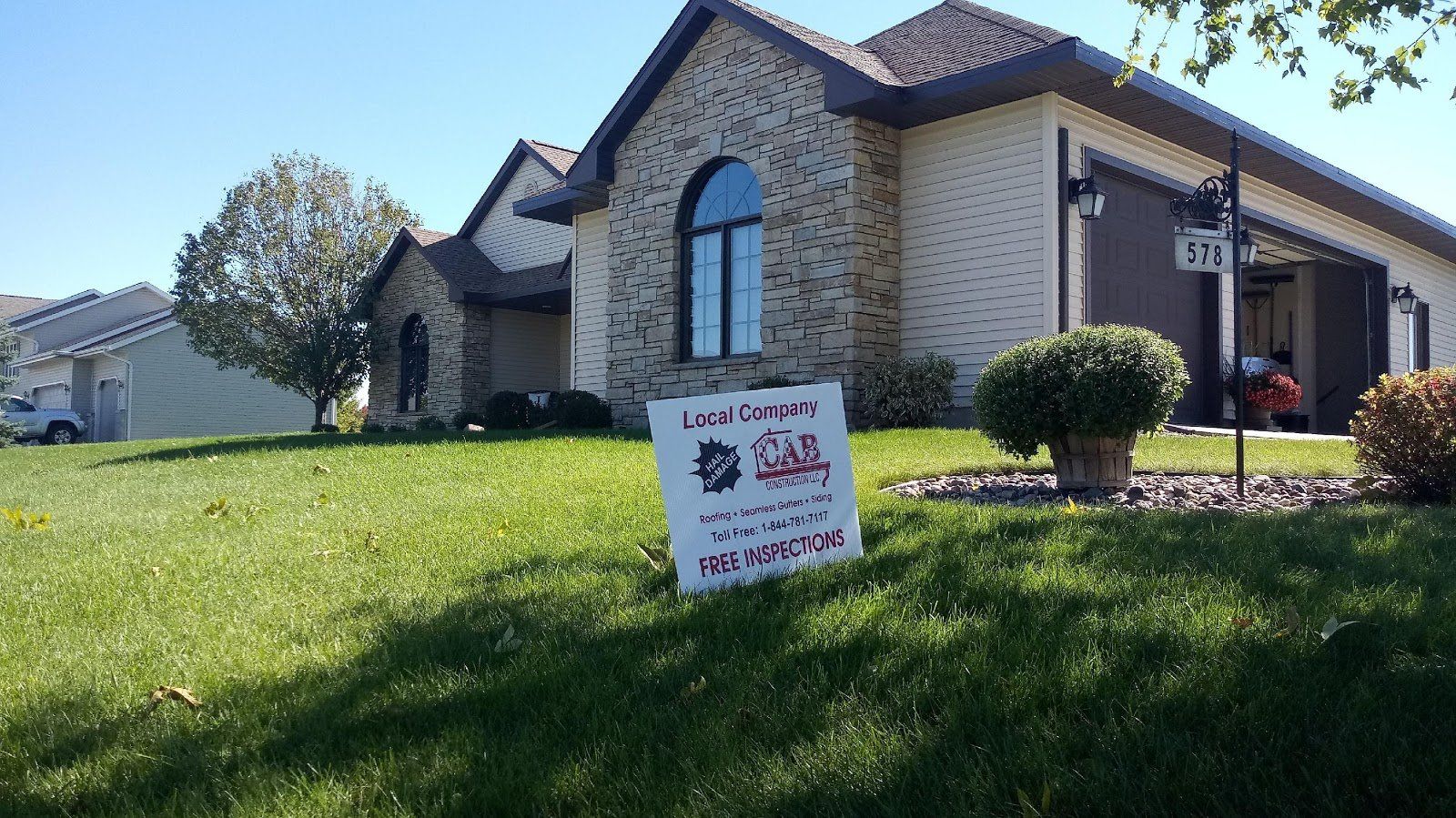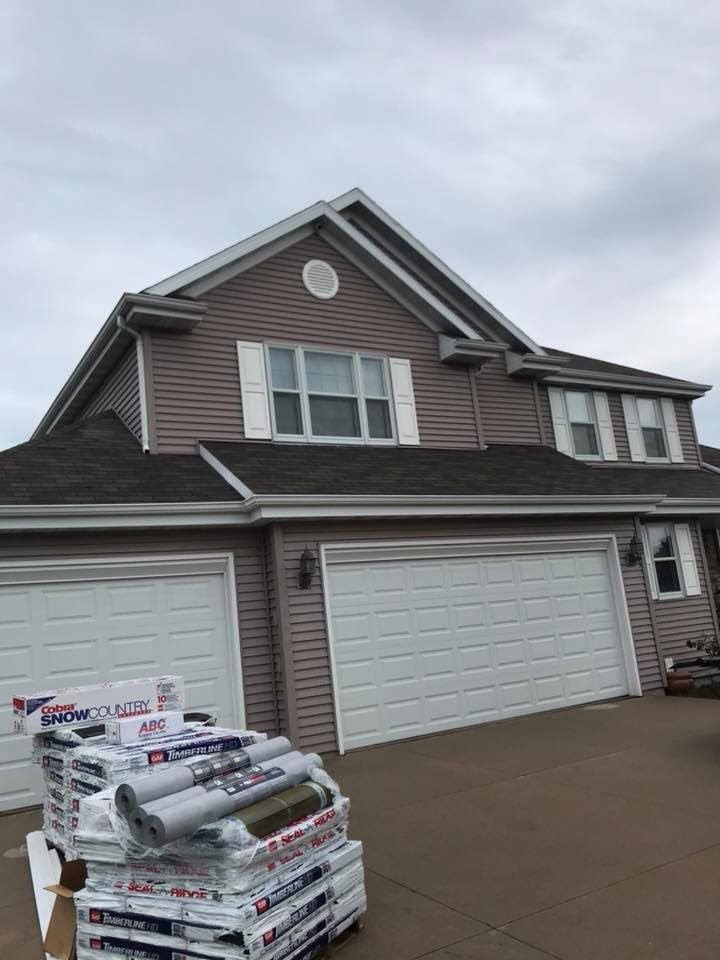CAB CONSTRUCTION
Emergency Ice Dam Removal & Roof Replacement
Immediate relief for winter leaks and long-lasting roofing solutions.
Call Us Today
17
YEARS IN THE BUSINESS WITH
30
YEARS OF EXPERIENCE
Protecting Your Roof from Winter Ice Dams and Long-Term Wear A roof is a multi-layered system designed to protect your home, but harsh winters can push that system to its breaking point. While many homeowners call us for general repairs, ice dams are often the most overlooked threat to a roof's integrity. An ice dam can force water upward under your shingles, causing leaks and structural rot that aren't visible until it's too late. We specialize in both complete roof replacements and safe, steam-based ice dam removal to ensure your home stays secure through every season.
Read More
FREE URGENT
ICE DAM REMOVAL & ROOF INSPECTION ESTIMATES
Contact Us
Our Services
CAB Construction offers some of the highest quality services for your home.
ICE DAM REMOVAL
Icicles are an indication of an ice dam. Roof ice can cause permanent damage to your house., CAB Construction Co is an Ice Dam Removal specialist utilizing wet steam with low pressure..
Our Projects
Projects we have successfully completed.
Our Latest Blog
Projects we have successfully completed.
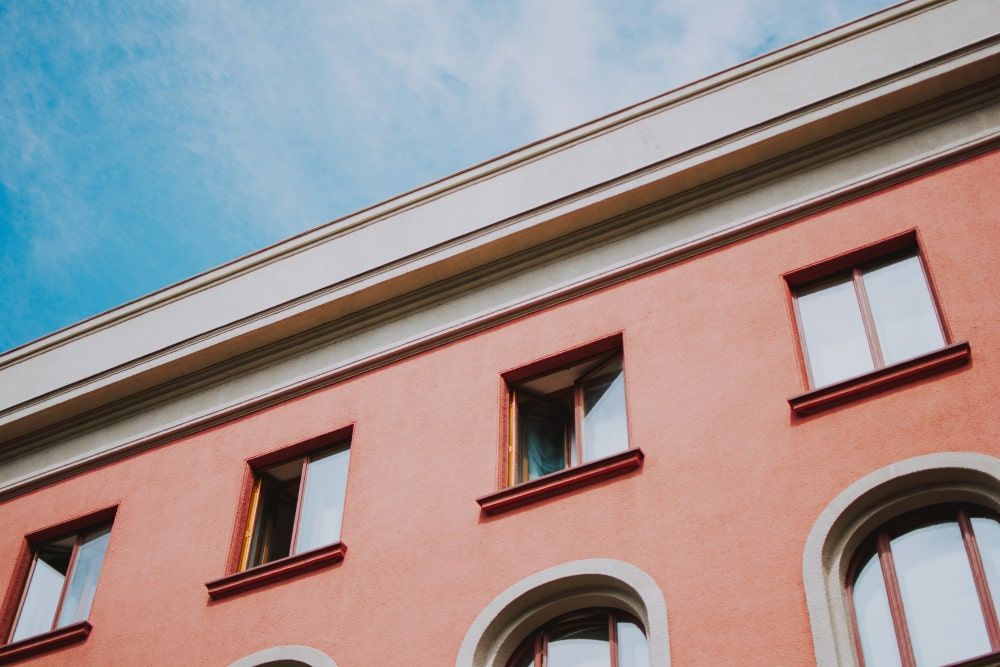
Your home is not just a structure; it's a reflection of your taste, style, and personality. The exterior of your house plays a significant role in making that first impression, and one often overlooked aspect of it is the exterior trim. Maintaining your home's exterior trim is more than just a matter of aesthetics; it's a matter of practicality, protection, and preservation. In this article, we will explore the top four reasons why keeping your exterior trim in excellent condition is essential. 1. Protection Against the Elements Your home's exterior trim acts as a protective barrier against the elements. It shields your home from rain, snow, sleet, and harsh sunlight. When exterior trim is well-maintained, it prevents water from seeping into the walls, which can lead to costly water damage, rot, and even structural issues. Properly maintained trim also keeps pests, such as insects and rodents, from finding their way into your home. With every season, your home's trim is exposed to varying weather conditions, including freezing temperatures, intense heat, and humidity. Over time, these weather fluctuations can cause the trim to crack, warp, or deteriorate. Regular inspections and maintenance can help identify and address these issues before they escalate. In regions prone to severe weather conditions, like heavy rains, storms, or snowfall, maintaining your exterior trim is even more critical. By keeping the trim in good condition, you'll be safeguarding your home against the worst that Mother Nature can throw at it. 2. Improved Energy Efficiency Another compelling reason to maintain your exterior trim is the impact it has on your home's energy efficiency. If your trim is in poor condition, it can allow drafts and air leaks to enter your home. This means that in the hot summer months, your air conditioning has to work harder to maintain a comfortable indoor temperature, and in the winter, your heating system faces the same challenge. As a result, your energy bills can skyrocket. Well-maintained trim, on the other hand, helps create a tight seal around your windows and doors. This seal prevents unwanted drafts and ensures that your climate control system operates more efficiently, saving you money on your energy bills. It's a simple yet effective way to reduce your carbon footprint while also benefiting your wallet.
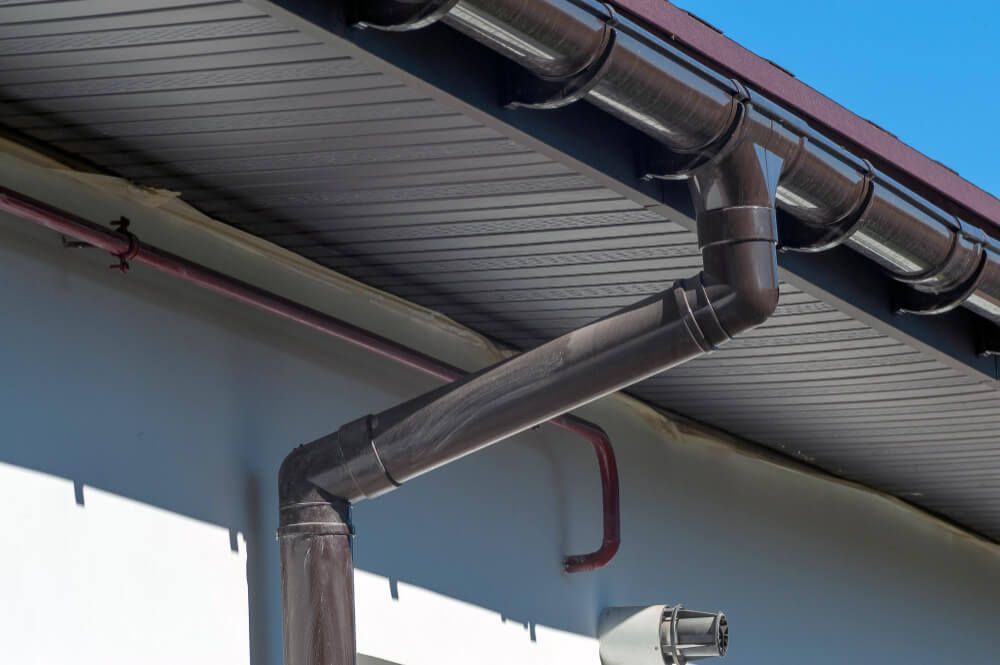
As a homeowner in West Bend, WI, it is important to care for your gutters. Gutters are an essential part of your home's maintenance and can help prevent costly repairs down the line. In this article, I will discuss the importance of gutters, benefits of regular maintenance, common problems, signs of damage, and how to clean and maintain your gutters. I will also cover the role of gutter guards and offer tips for DIY maintenance. Finally, I will provide best practices for gutter care in West Bend, WI and why investing in gutter maintenance is a wise decision. Importance of Gutters for Home Maintenance Gutters are an essential part of your home's maintenance. They are responsible for directing rainwater away from your home's foundation, preventing water damage, and protecting your landscaping. Without gutters, water can seep into your home's foundation and cause cracks and leaks. This can lead to costly repairs and even structural damage. Gutters also help prevent erosion and protect your landscaping by directing water away from your flower beds, shrubs, and trees. Benefits of Regular Gutter Maintenance Regular gutter maintenance can help prolong the life of your gutters and prevent costly repairs. By cleaning your gutters twice a year, you can remove debris and prevent clogs. Clogs can cause water to overflow and damage your home's foundation, siding, and landscaping. Regular maintenance can also help identify any potential problems before they become major issues. By inspecting your gutters for damage, you can address any issues early on and prevent costly repairs down the line. Common Gutter Problems in West Bend WI In West Bend, WI, there are a few common gutter problems that homeowners should be aware of. One of the most common issues is clogged gutters. When gutters become clogged with leaves, twigs, and other debris, water can overflow and cause damage to your home's foundation, siding, and landscaping. Another common problem is sagging gutters. This is often caused by gutters that are not properly installed or have been damaged over time. Sagging gutters can lead to water damage and should be addressed as soon as possible. Signs of Gutter Damage and When to Repair or Replace It is important to inspect your gutters for damage regularly. Some signs of gutter damage include rust, cracks, and holes. If you notice any of these signs, it is important to address the issue as soon as possible. In some cases, repair may be possible. However, if the damage is extensive, it may be necessary to replace your gutters. It is important to work with a professional gutter repair and replacement service to ensure that your gutters are installed correctly and functioning properly. How to Clean and Maintain Your Gutters Cleaning and maintaining your gutters is essential for prolonging the life of your gutters and preventing costly repairs. To clean your gutters, start by removing any debris with a gutter scoop or trowel. You can also use a hose to flush out any remaining debris. Once your gutters are clean, inspect them for any damage and address any issues as necessary. It is also important to check your downspouts for clogs and address any issues as necessary. Hiring a Professional Gutter Cleaning Service in West Bend WI While it is possible to clean and maintain your gutters yourself, it can be a time-consuming and dangerous task. For this reason, many homeowners choose to hire a professional gutter cleaning service in West Bend, WI. A professional service can ensure that your gutters are cleaned properly and identify any potential problems before they become major issues. They can also provide repair and replacement services as needed. The Role of Gutter Guards in Preventing Clogs and Damage Gutter guards are an important tool for preventing clogs and damage to your gutters. These devices are installed on top of your gutters and prevent debris from entering your gutters while allowing water to flow freely. Gutter guards can help reduce the need for regular cleaning and prevent costly repairs caused by clogs and other issues. DIY Gutter Maintenance Tips and Tricks While it is important to work with a professional gutter cleaning service, there are some DIY maintenance tips and tricks that can help prolong the life of your gutters. For example, you can install gutter guards or screens to prevent debris from entering your gutters. You can also install downspout extensions to direct water away from your home's foundation. Additionally, you can trim trees and shrubs near your gutters to prevent debris from falling into your gutters. Best Practices for Gutter Care in West Bend WI To ensure that your gutters are functioning properly and protecting your home, it is important to follow best practices for gutter care. This includes cleaning your gutters twice a year, inspecting your gutters for damage regularly, and addressing any issues as soon as possible. It is also important to work with a professional gutter cleaning and repair service to ensure that your gutters are installed correctly and functioning properly. Conclusion: Investing in Gutter Maintenance for a Healthier Home Investing in gutter maintenance is a wise decision for any homeowner in West Bend, WI. By caring for your gutters, you can prevent costly repairs and protect your home's foundation, siding, and landscaping. Regular maintenance, including cleaning and inspection, can help identify potential problems early on and prevent major issues down the line. Whether you choose to clean and maintain your gutters yourself or work with a professional service, taking care of your gutters is an essential part of home maintenance. If you need gutter repair in West Bend, WI , contact CAB Construction today. Our team of experts can provide professional repair and replacement services to ensure that your gutters are functioning properly and protecting your home.
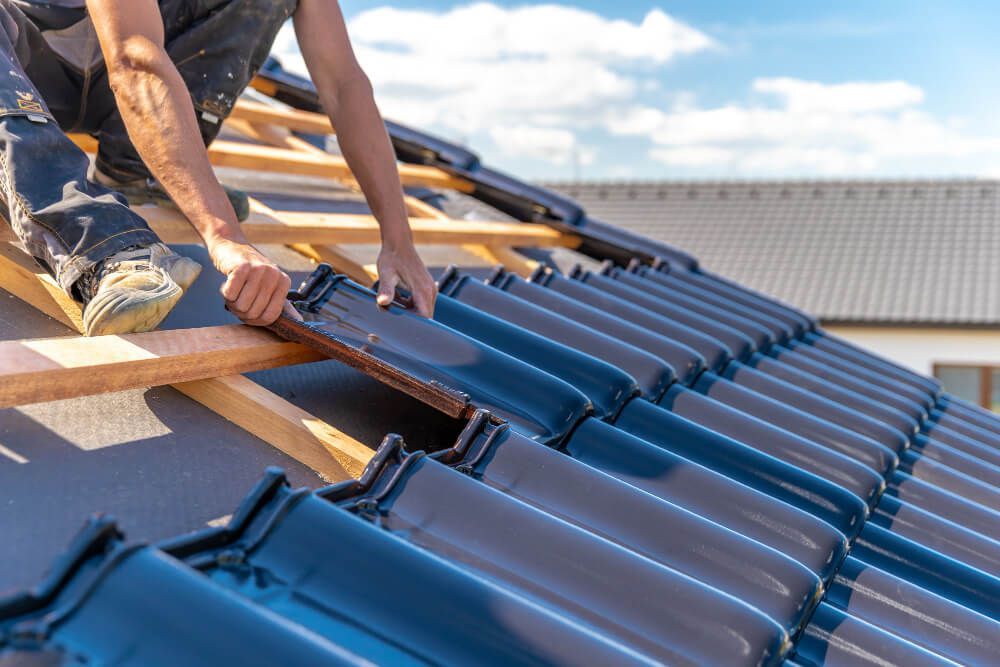
As a homeowner, one of the most important decisions you will make is choosing the right roofing option. Your roof is not only a significant investment, but it also protects your home and family from the elements. With so many choices available, it can be overwhelming to decide which is the best type of roof for your specific needs. In this article, we will explore the top roofing options in West Bend, WI and discuss the pros and cons of each. Importance of choosing the right roofing option Choosing the right roofing option is essential to ensure the longevity and durability of your roof. The roof is the first line of defense against the elements, and it plays a crucial role in protecting your home and family from harsh weather conditions such as rain, snow, and wind. Moreover, a well-installed and maintained roof can increase the value of your property and enhance its aesthetic appeal. When it comes to choosing the best type of roof, there are several factors to consider. These include the climate in your area, the architectural style of your home, the cost and durability of the material, and the skill level required for installation. Taking the time to evaluate these factors will help you make an informed decision and choose a roofing option that meets your specific needs. Factors to consider when selecting a roofing material Before deciding on the best type of roof for your home, it's crucial to consider the following factors: Climate The climate in West Bend, WI, experiences a wide range of temperatures, from cold and snowy winters to hot and humid summers. It's essential to choose a roofing material that can withstand these extreme weather conditions and provide adequate insulation to keep your home comfortable throughout the year. Architectural style The architectural style of your home plays a crucial role in determining the best type of roof. For instance, a traditional-style home may look best with a clay tile roof, while a modern home may look better with a metal roof. Cost and durability The cost and durability of the roofing material are also essential factors to consider. While some materials may be more expensive upfront, they may last longer and require less maintenance, making them a better long-term investment. Installation requirements Some roofing materials may require more skill and expertise to install than others. It's crucial to consider the skill level required for installation and ensure that you hire a reputable roofing company with experience in installing the type of roof you choose. Asphalt shingles: Pros and cons Asphalt shingles are one of the most popular roofing options in the United States. They are relatively affordable, easy to install, and come in a wide range of colors and styles. Here are some pros and cons of asphalt shingles: Pros Affordable: Asphalt shingles are one of the most affordable roofing options available, making them a popular choice for homeowners on a budget. Easy installation: Asphalt shingles are relatively easy to install, which can save you time and money on labor costs. Variety of styles: Asphalt shingles come in a wide range of colors and styles, making it easy to find a style that complements your home's architectural style. Cons Short lifespan: Asphalt shingles have a shorter lifespan compared to other roofing materials, typically lasting between 15 and 30 years. Vulnerable to extreme weather conditions: Asphalt shingles can be damaged by extreme weather conditions such as hail, high winds, and heavy rain. Not eco-friendly: Asphalt shingles are not environmentally friendly, as they are made from petroleum-based products and are not biodegradable. Metal roofing: Pros and cons Metal roofing is a durable and long-lasting roofing option that has gained popularity in recent years. Here are some pros and cons of metal roofing: Pros Durability: Metal roofing is incredibly durable and has a lifespan of up to 50 years or more. Energy-efficient: Metal roofing can reflect heat from the sun, reducing your energy bills and keeping your home comfortable throughout the year. Low maintenance: Metal roofing requires minimal maintenance and is resistant to mold, mildew, and pests. Cons Higher upfront cost: Metal roofing can be more expensive upfront than other roofing materials, making it less affordable for some homeowners. Noise level: Metal roofing can be noisy during heavy rain or hailstorms, which can be a concern for some homeowners. Limited styles: Metal roofing comes in a limited range of colors and styles, which may not be suitable for some architectural styles. Clay tile roofing: Pros and cons Clay tile roofing is a popular choice for homeowners who want a traditional and elegant look. Here are some pros and cons of clay tile roofing: Pros Aesthetically pleasing: Clay tile roofing is an excellent option for homeowners who want a traditional and elegant look for their home. Long lifespan: Clay tile roofing can last up to 100 years with proper maintenance. Energy-efficient: Clay tile roofing can reflect sunlight, reducing your energy bills and keeping your home comfortable throughout the year. Cons High upfront cost: Clay tile roofing can be expensive upfront, making it less affordable for some homeowners. Heavyweight: Clay tile roofing is heavy and requires additional support, which can increase the cost of installation. Fragility: Clay tile roofing is fragile and can be damaged by foot traffic or falling objects. Wood shake roofing: Pros and cons Wood shake roofing is a popular option for homeowners who want a natural and rustic look for their home. Here are some pros and cons of wood shake roofing: Pros Aesthetically pleasing: Wood shake roofing provides a natural and rustic look that complements traditional and modern architectural styles. Energy-efficient: Wood shake roofing provides excellent insulation, reducing your energy bills and keeping your home comfortable throughout the year. Environmentally friendly: Wood shake roofing is made from natural materials and is biodegradable, making it an environmentally friendly option. Cons High maintenance: Wood shake roofing requires regular maintenance, including cleaning, sealing, and repairs. Vulnerable to pests: Wood shake roofing is vulnerable to pests such as termites and woodpeckers, which can cause damage over time. Fire hazard: Wood shake roofing is highly flammable and may not be suitable for areas prone to wildfires. Synthetic roofing materials: Pros and cons Synthetic roofing materials such as plastic, rubber, and polymer are gaining popularity due to their durability and affordability. Here are some pros and cons of synthetic roofing materials: Pros Durability: Synthetic roofing materials are resistant to weather damage and can last up to 50 years or more. Lightweight: Synthetic roofing materials are lightweight and require less support, reducing the cost of installation. Affordable: Synthetic roofing materials are more affordable than some traditional roofing materials, making them a popular choice for homeowners on a budget. Cons Limited styles: Synthetic roofing materials come in a limited range of colors and styles, which may not be suitable for some architectural styles. Not eco-friendly: Synthetic roofing materials are not environmentally friendly, as they are made from petroleum-based products and are not biodegradable. Vulnerable to extreme temperatures: Synthetic roofing materials can be damaged by extreme temperatures, which may be a concern in areas with extreme weather conditions. Factors to consider when choosing the best roof for your specific needs When choosing the best roof for your specific needs, it's crucial to consider the following factors: Budget Your budget is one of the most important factors to consider when choosing a roofing option. It's essential to choose a roofing option that meets your needs and fits within your budget. Climate The climate in West Bend, WI, can be extreme, with cold and snowy winters and hot and humid summers. It's crucial to choose a roofing material that can withstand these extreme weather conditions and provide adequate insulation to keep your home comfortable throughout the year. Architectural style The architectural style of your home plays a crucial role in determining the best type of roof. For instance, a traditional-style home may look best with a clay tile roof, while a modern home may look better with a metal roof. Longevity The longevity of the roofing material is also an essential factor to consider. While some materials may be more expensive upfront, they may last longer and require less maintenance, making them a better long-term investment. Installation requirements Some roofing materials may require more skill and expertise to install than others. It's crucial to consider the skill level required for installation and ensure that you hire a reputable roofing company with experience in installing the type of roof you choose. Making an informed decision for your roofing needs Choosing the best type of roof for your home can be overwhelming, but taking the time to evaluate your options and consider the factors discussed in this article can help you make an informed decision. Whether you choose asphalt shingles, metal roofing, clay tile roofing, wood shake roofing, or synthetic roofing materials, it's essential to hire a reputable roofing company with experience in installing the type of roof you choose. If you're in West Bend, WI, CAB Construction is a trusted local roofing company that can help you with all your roofing needs.
